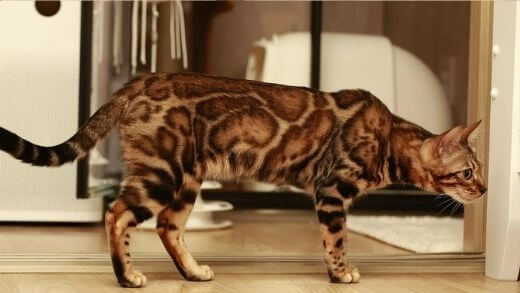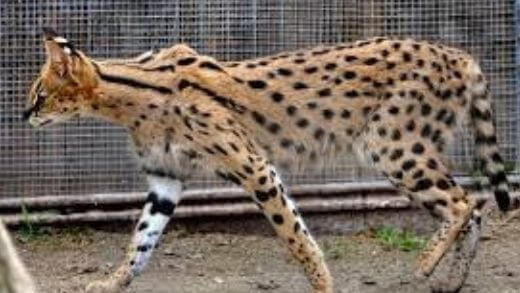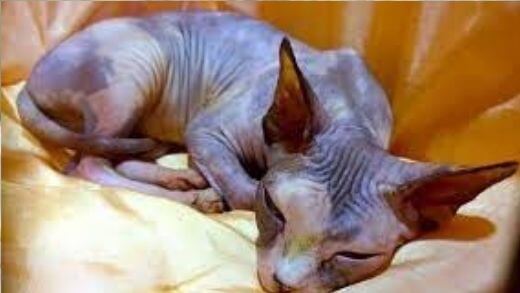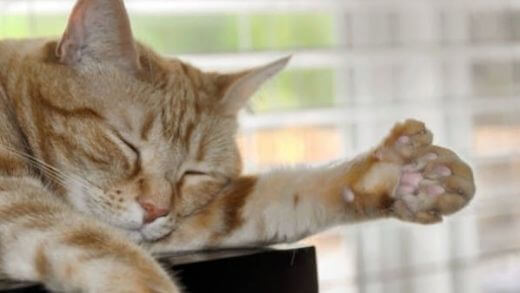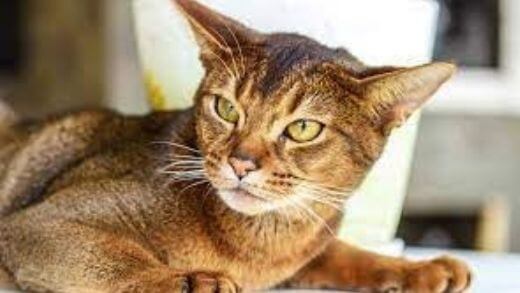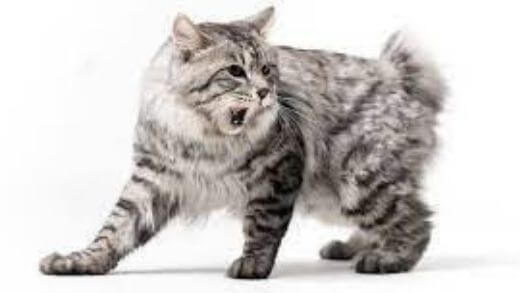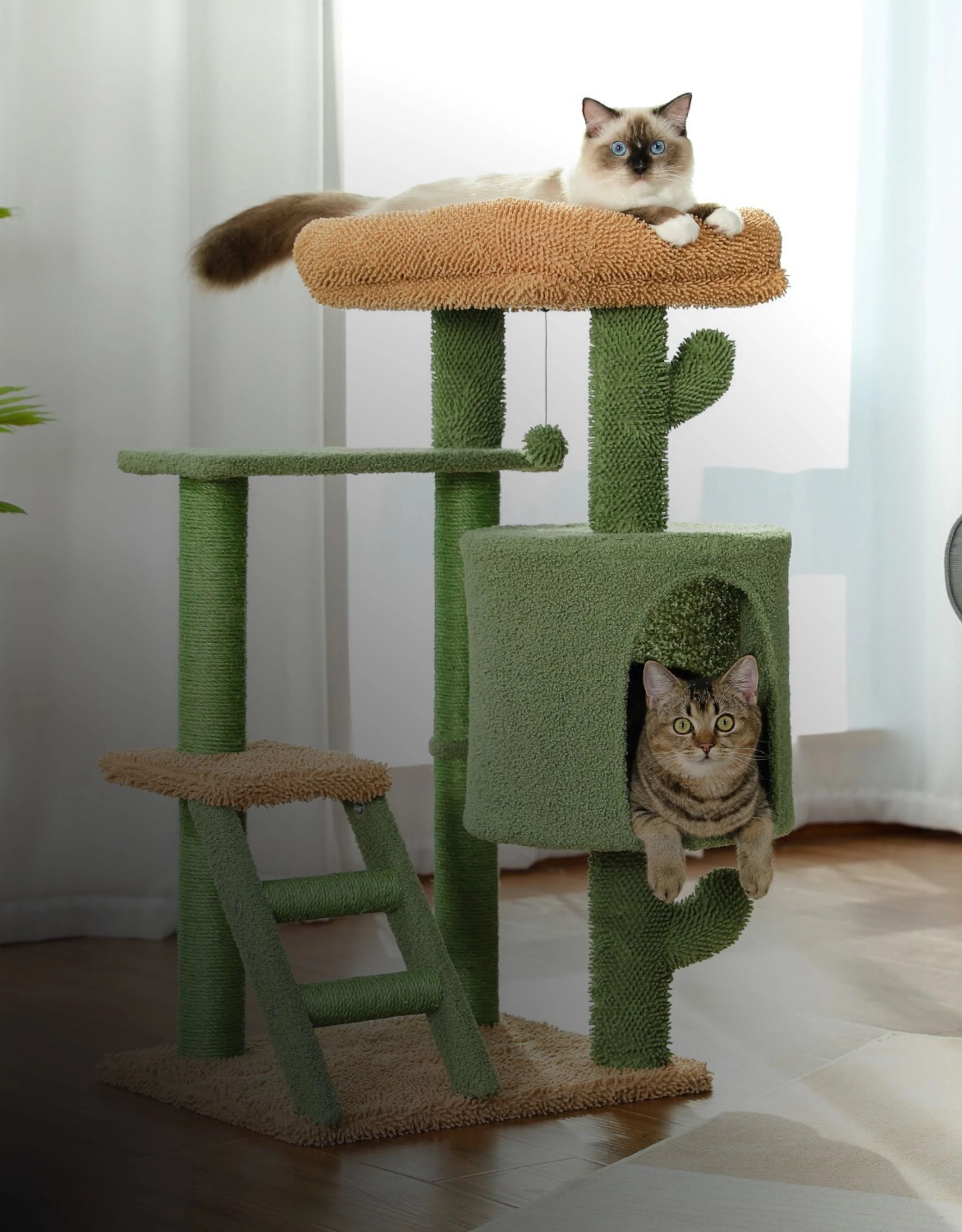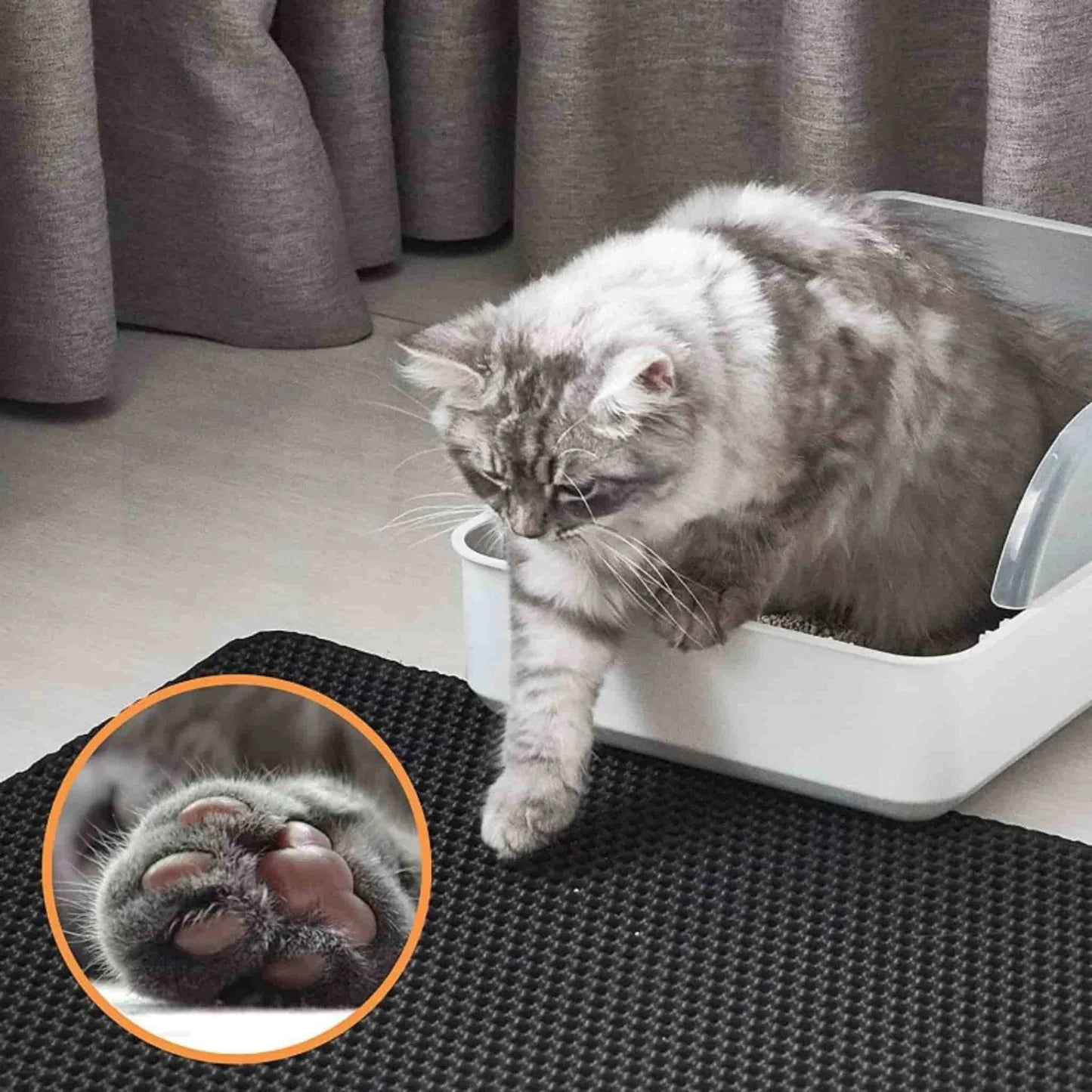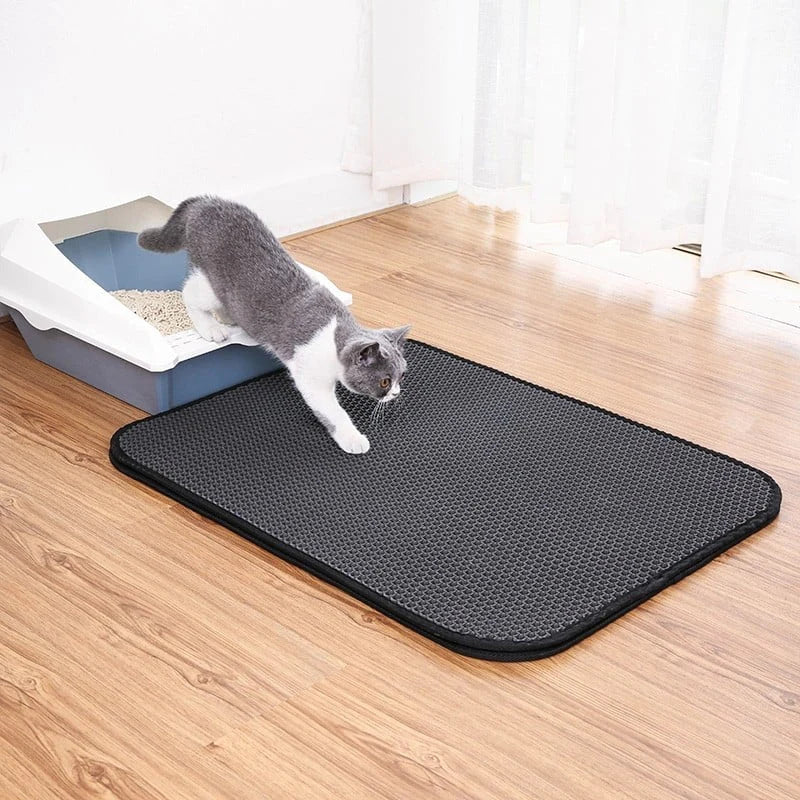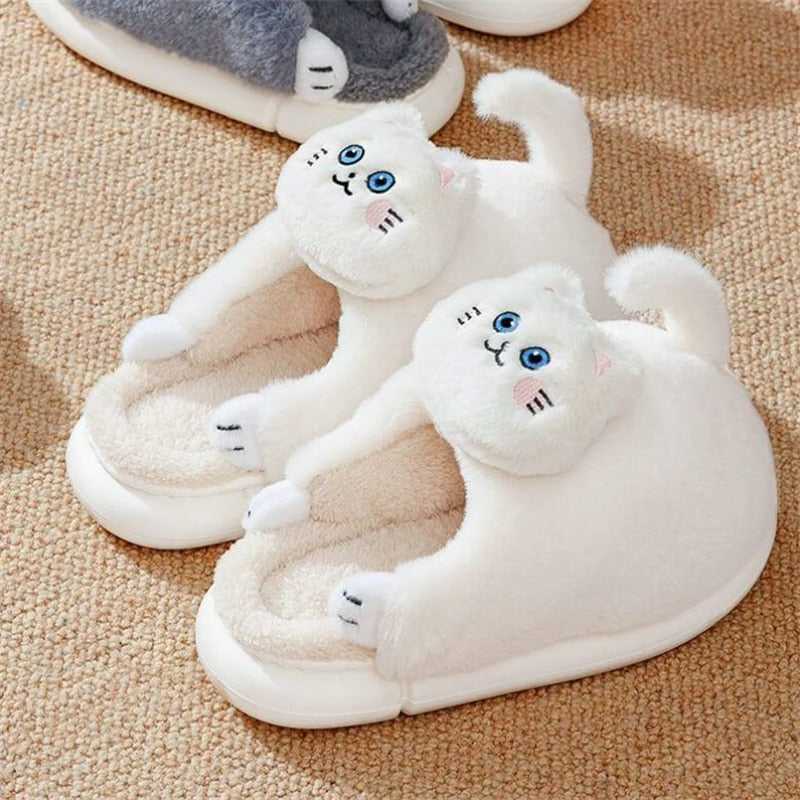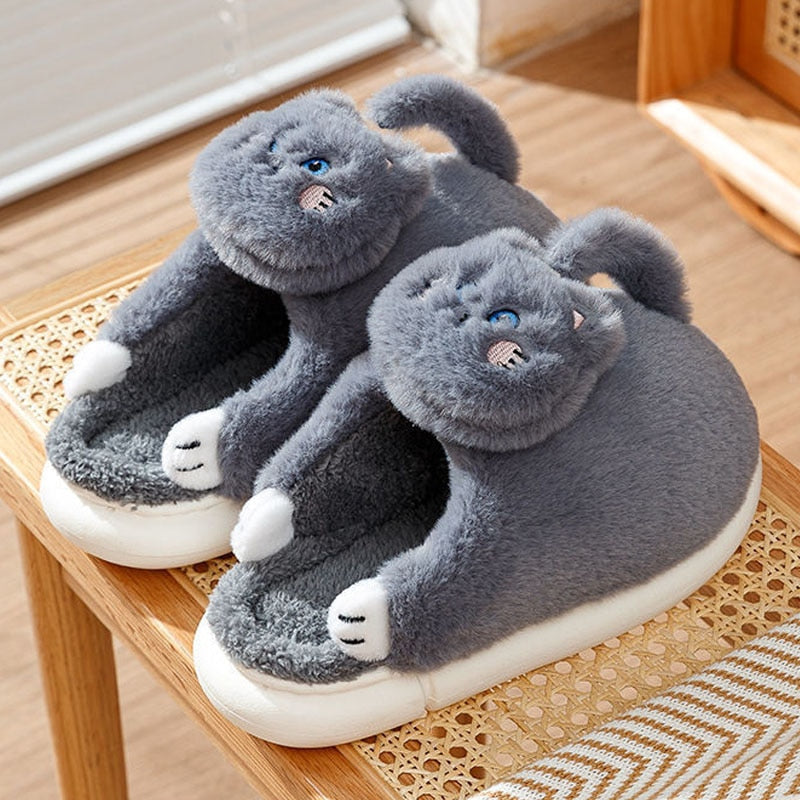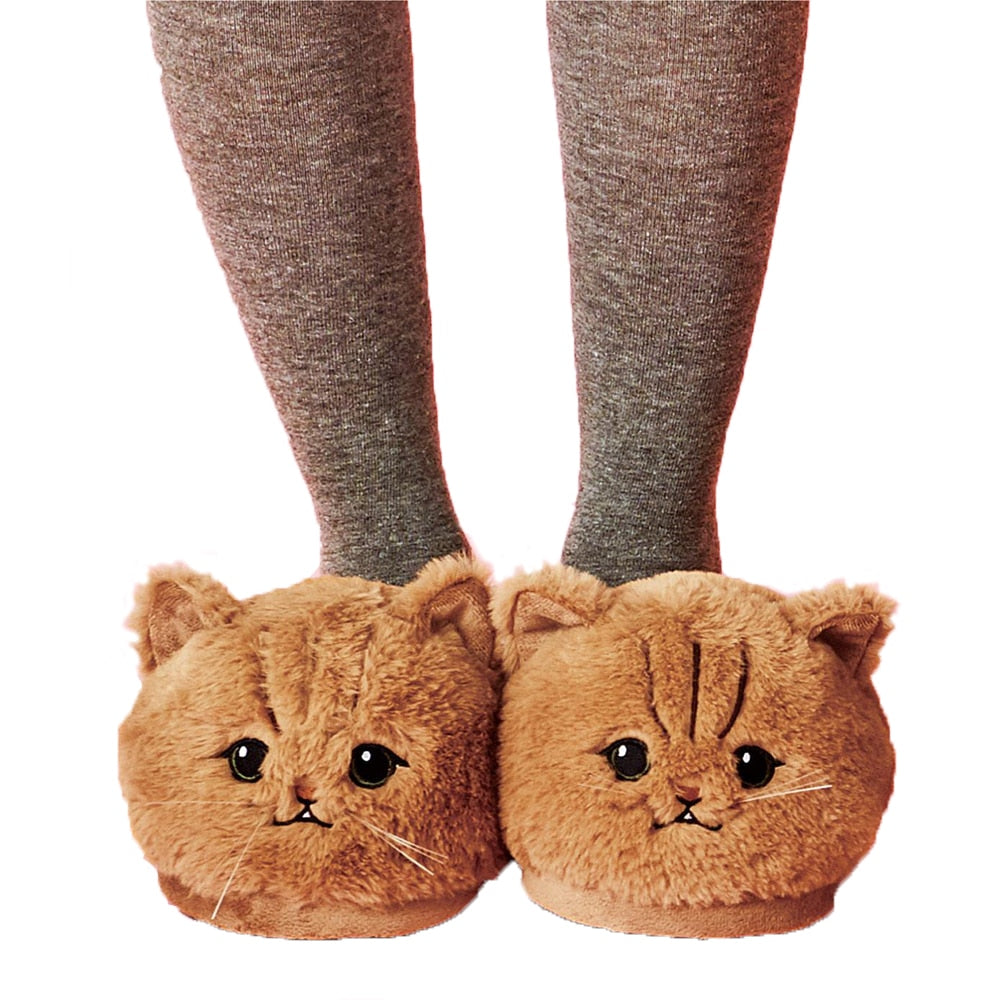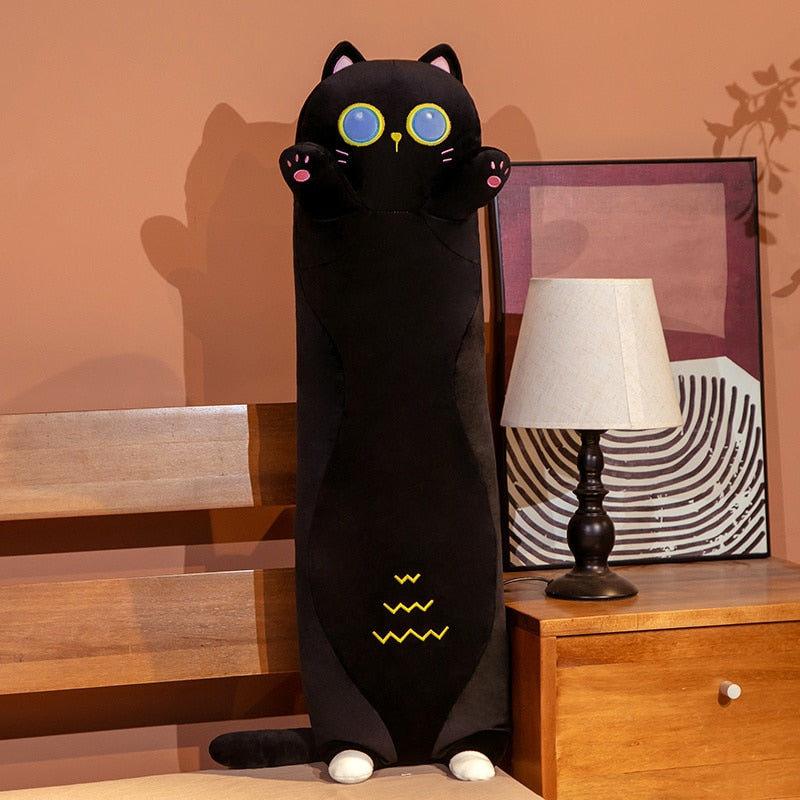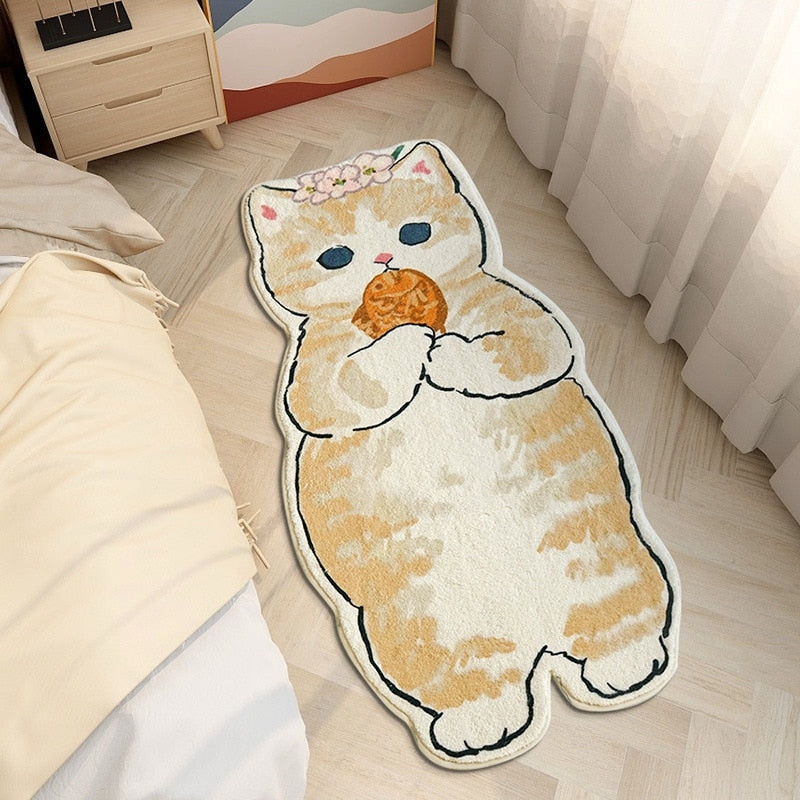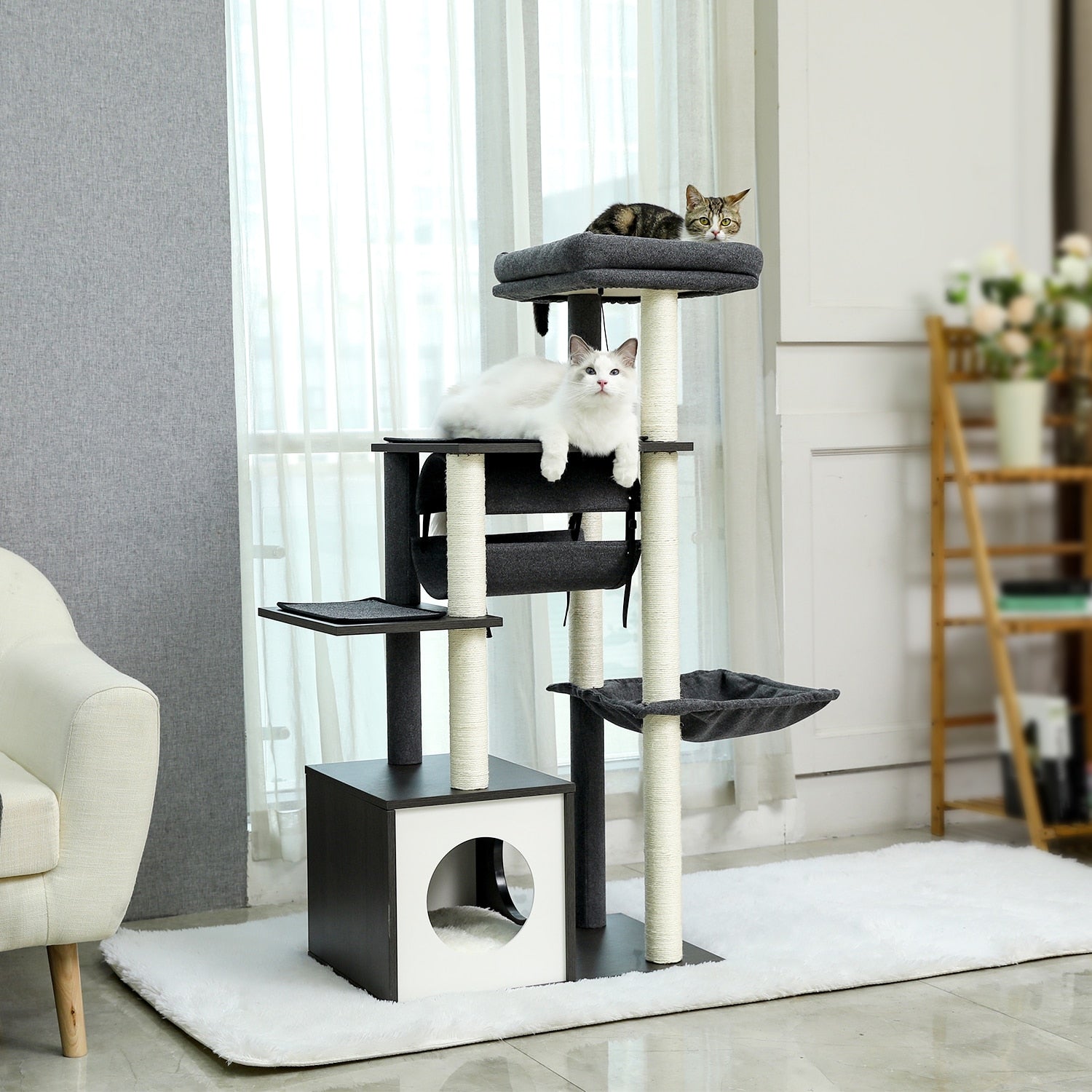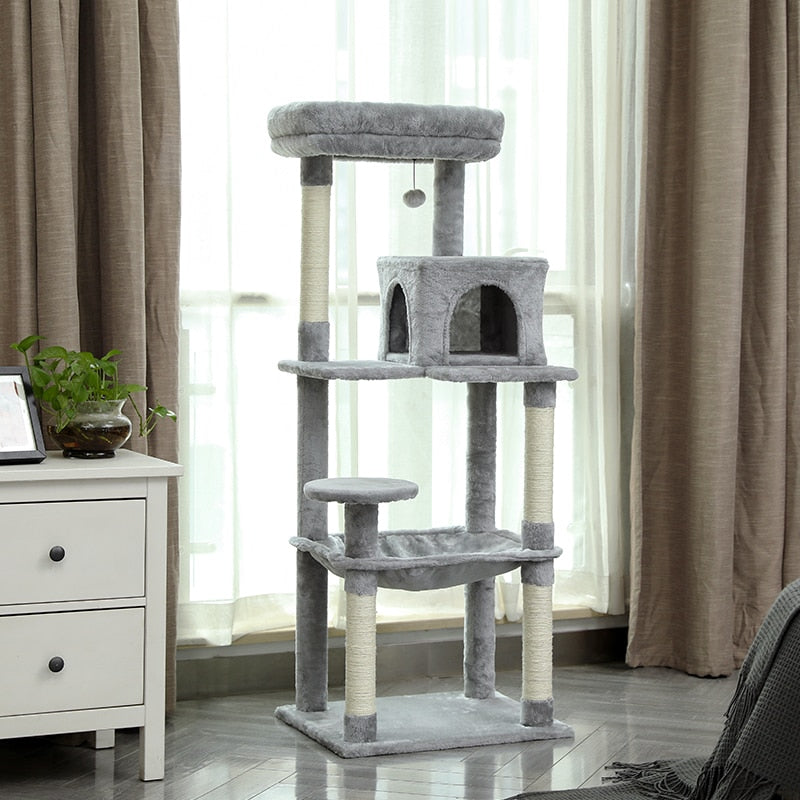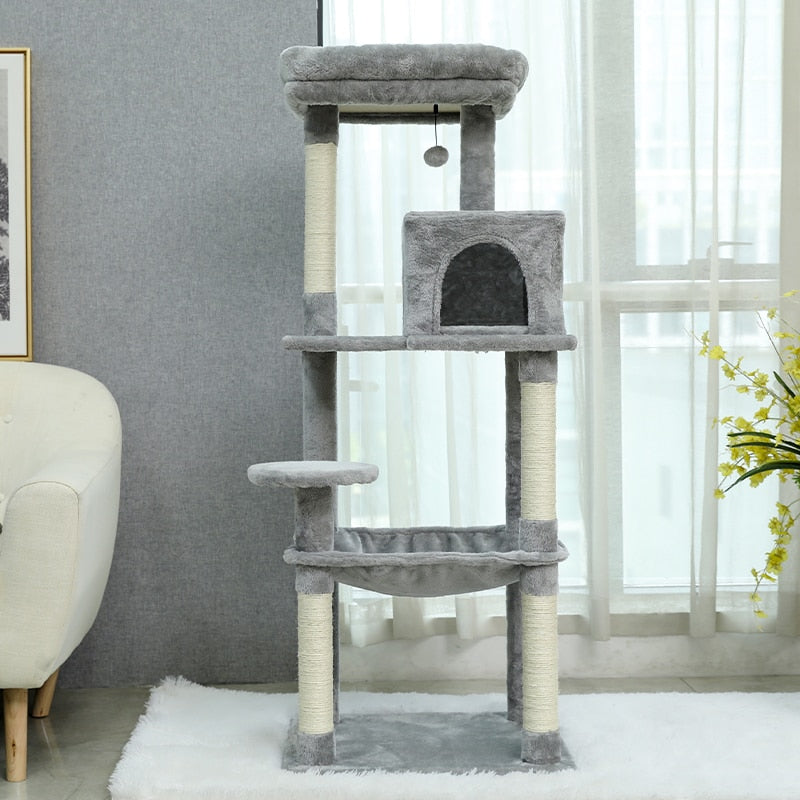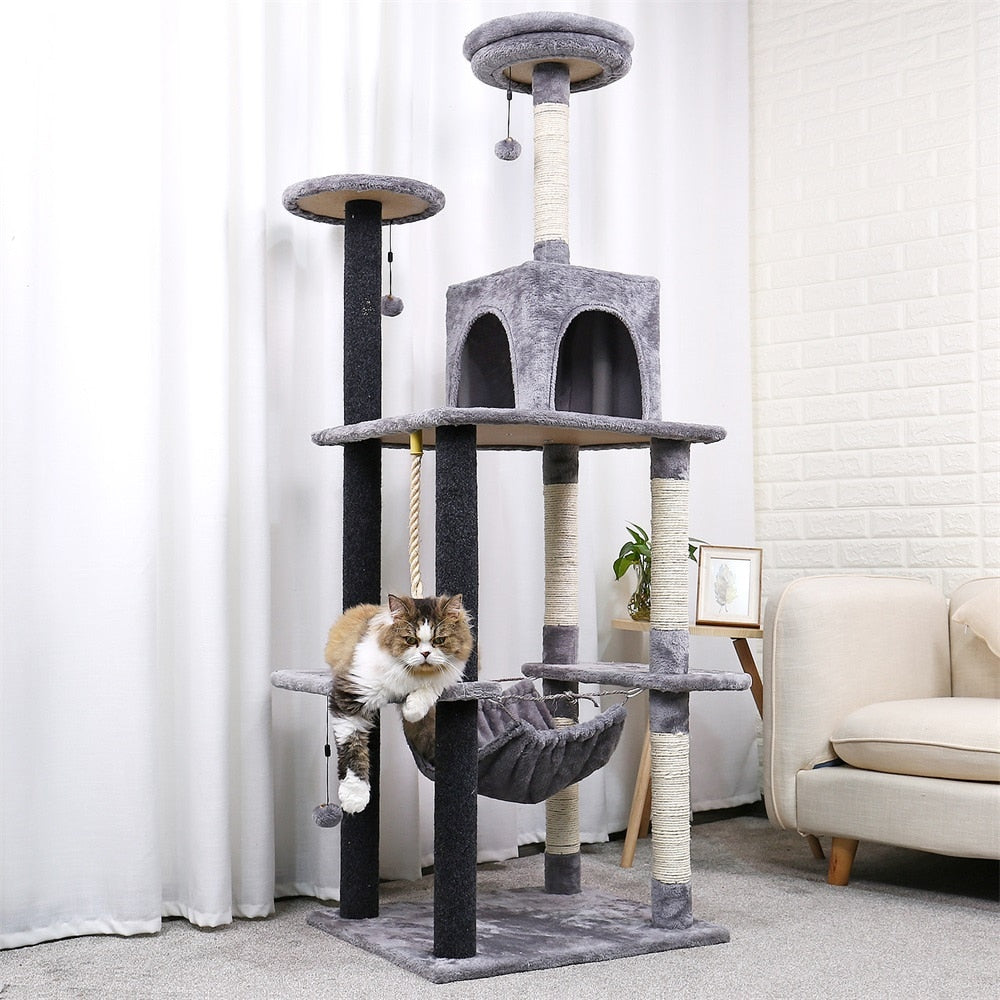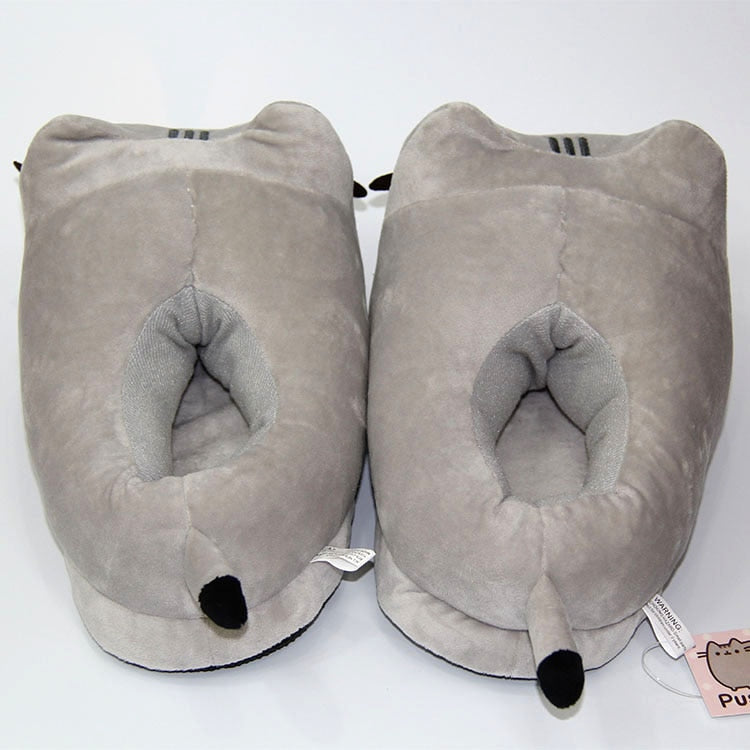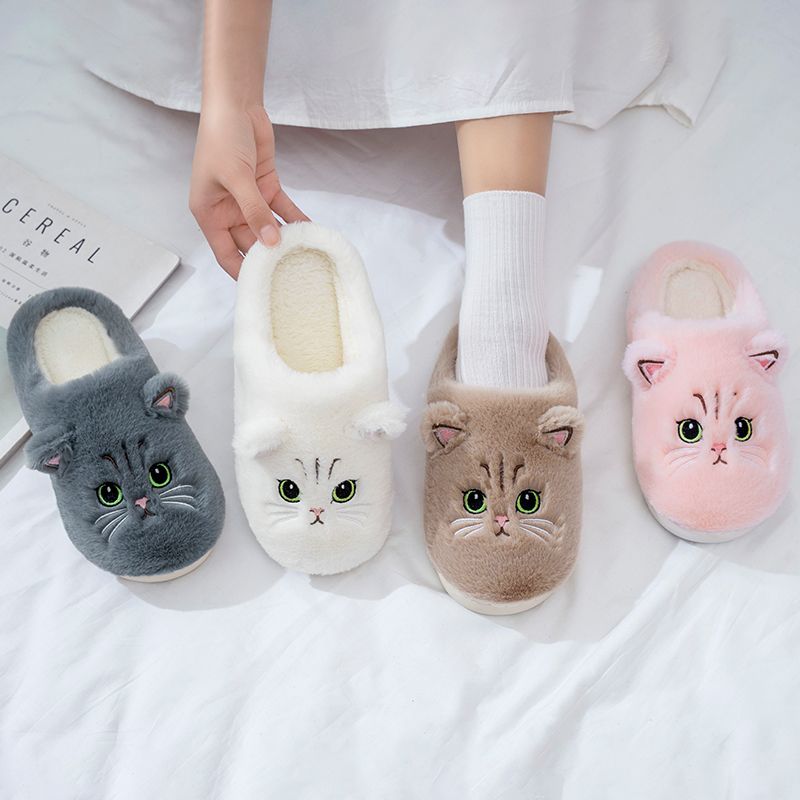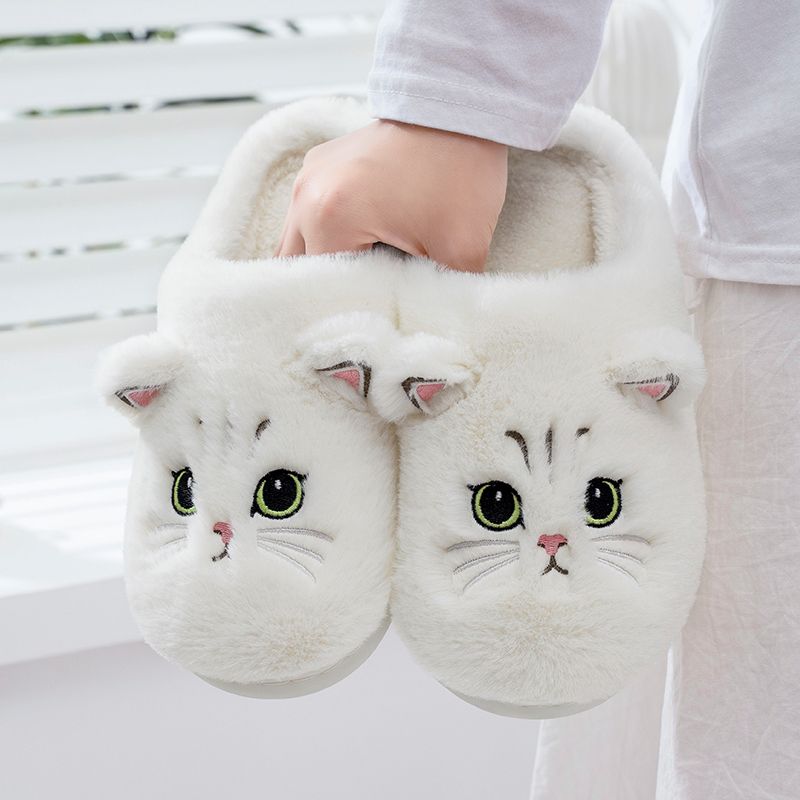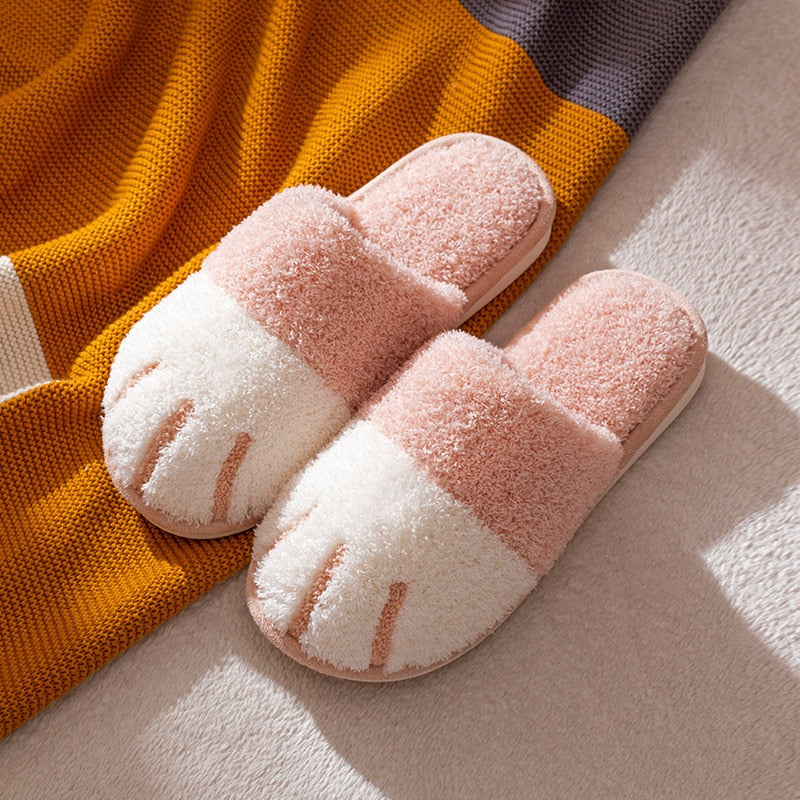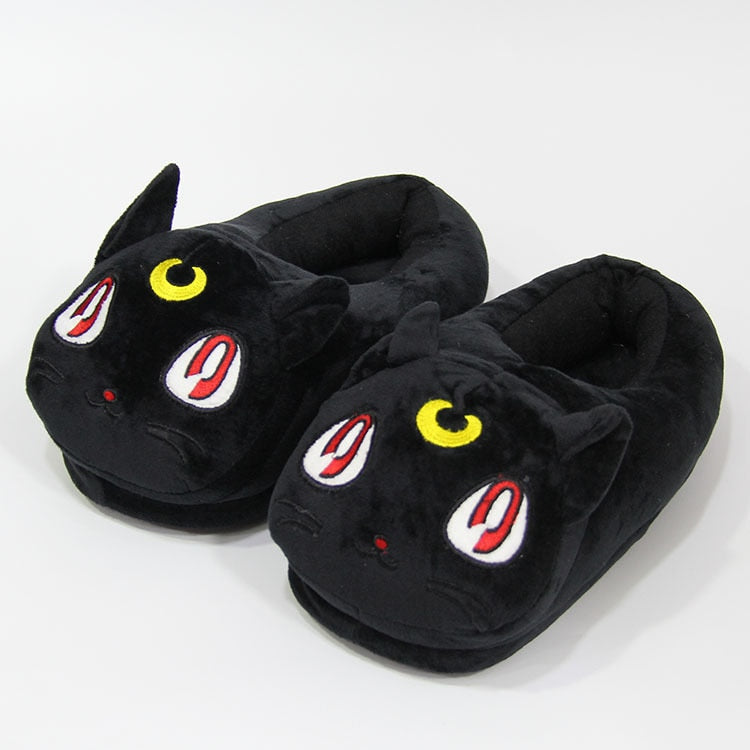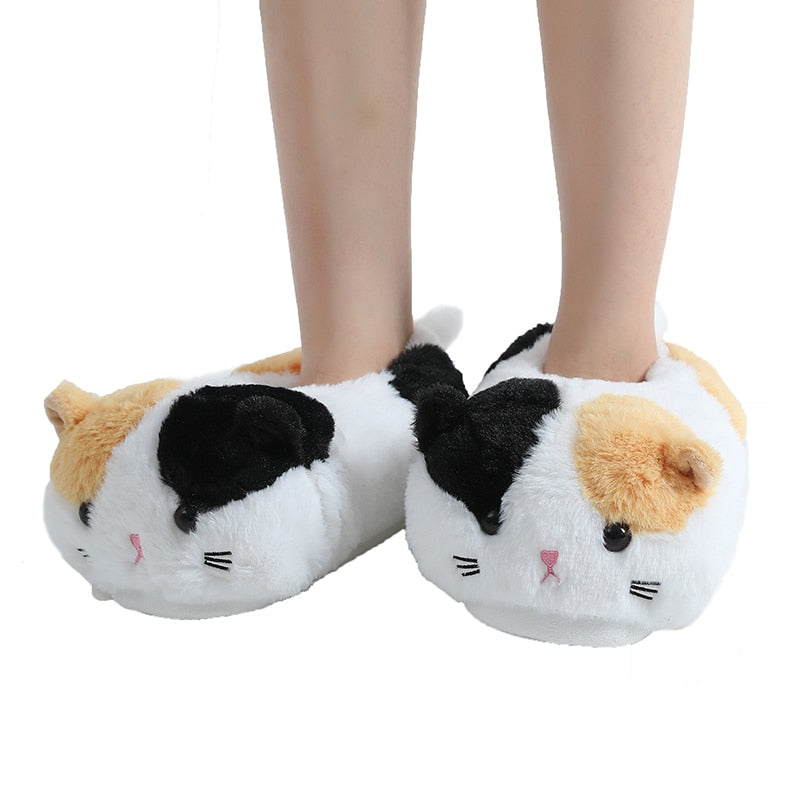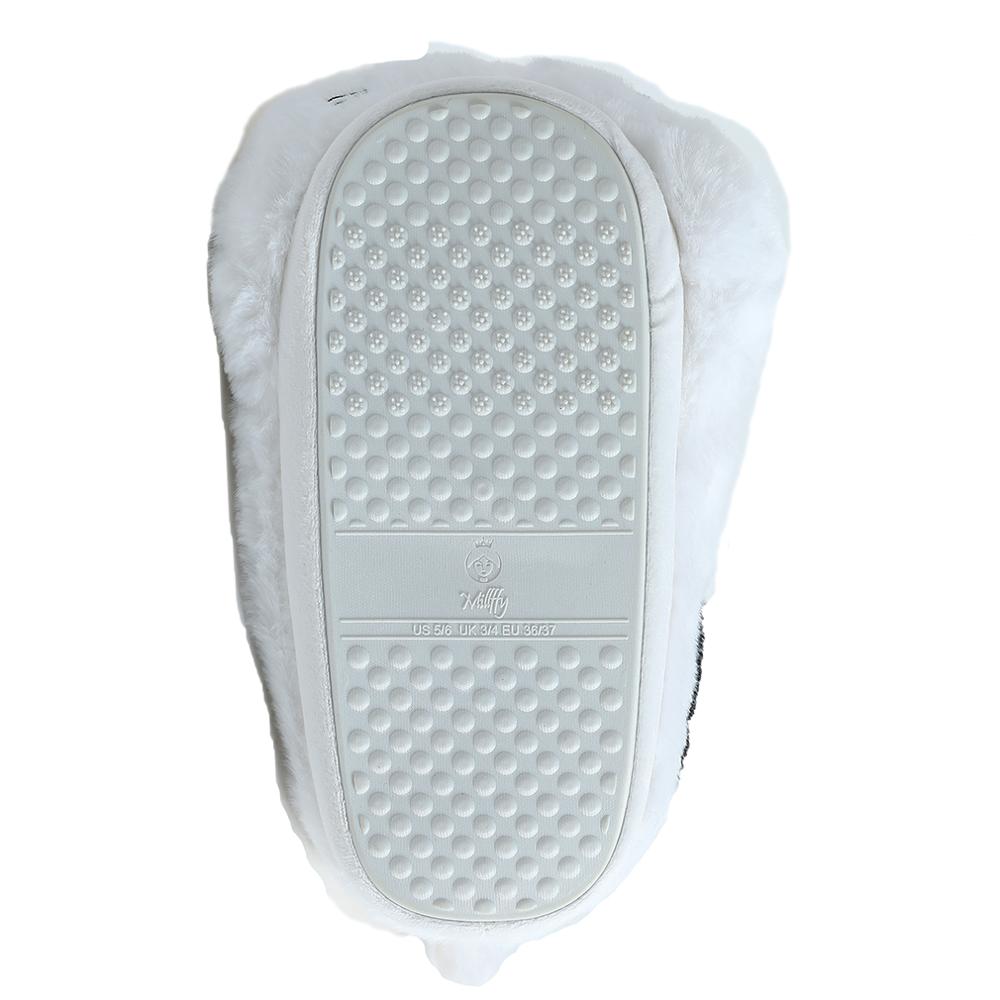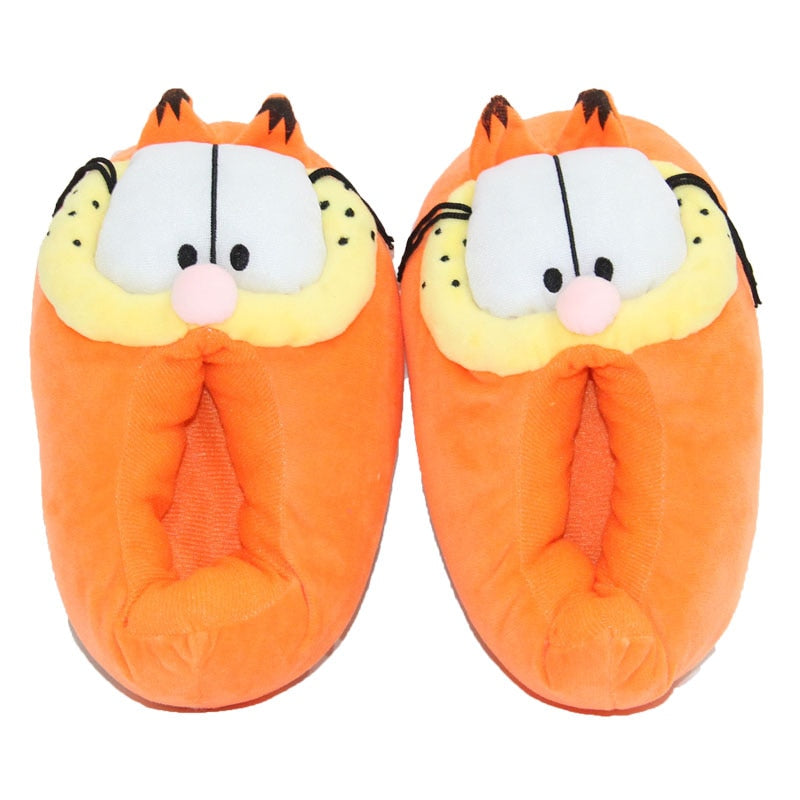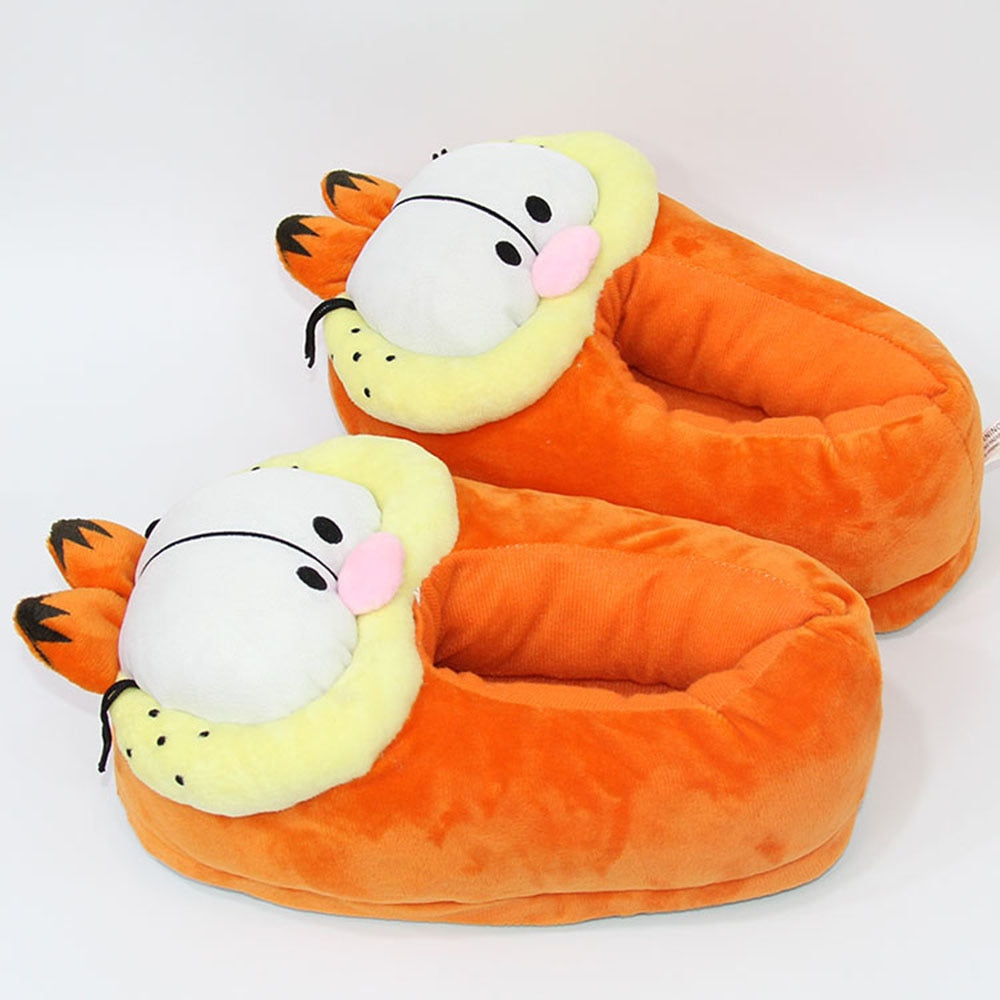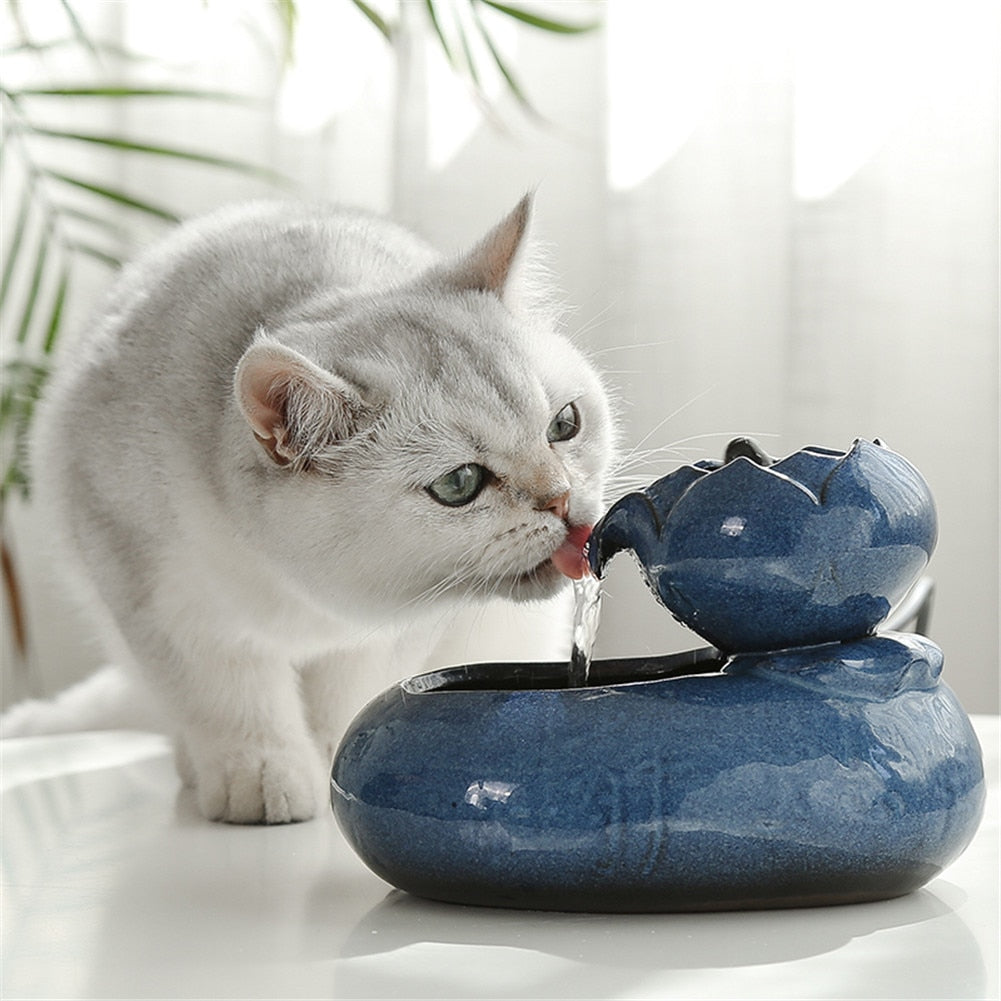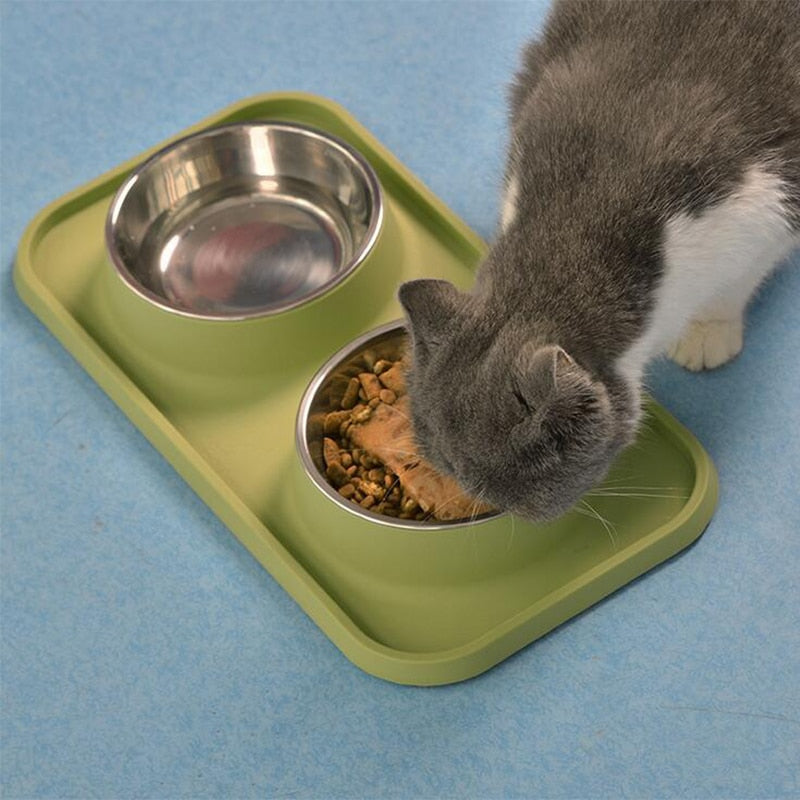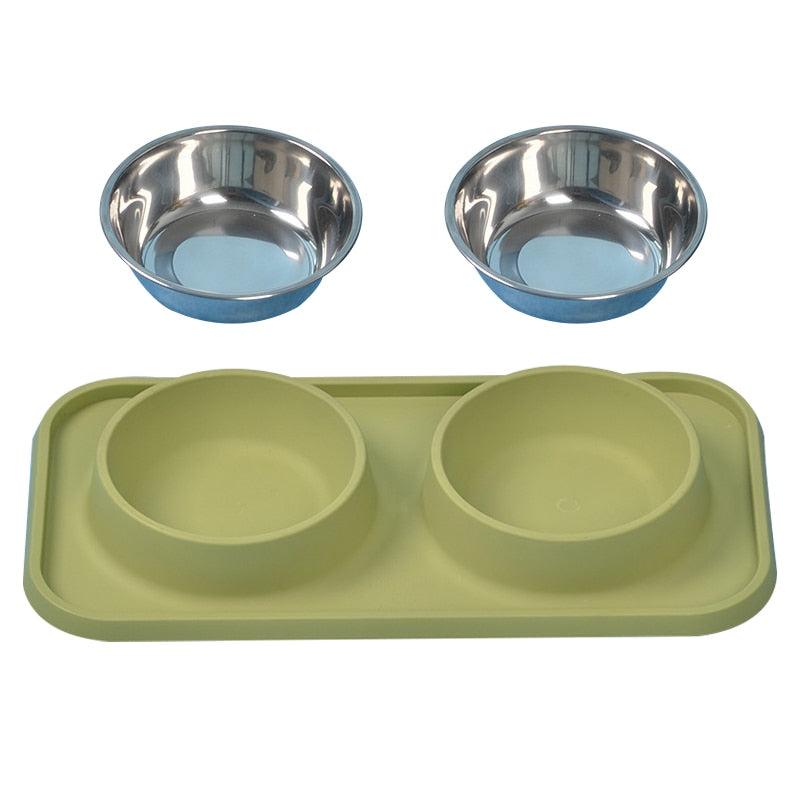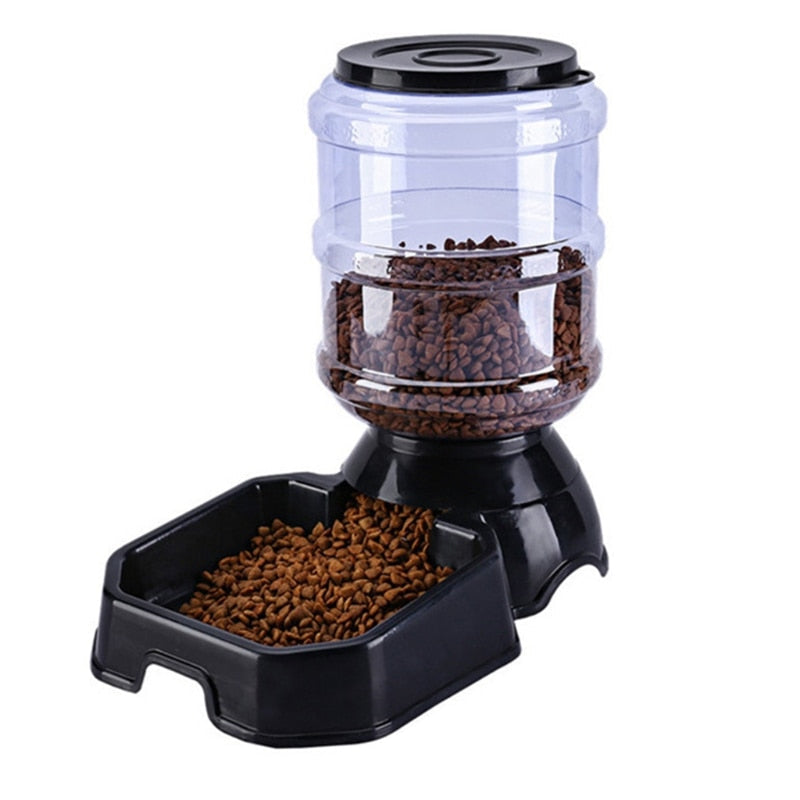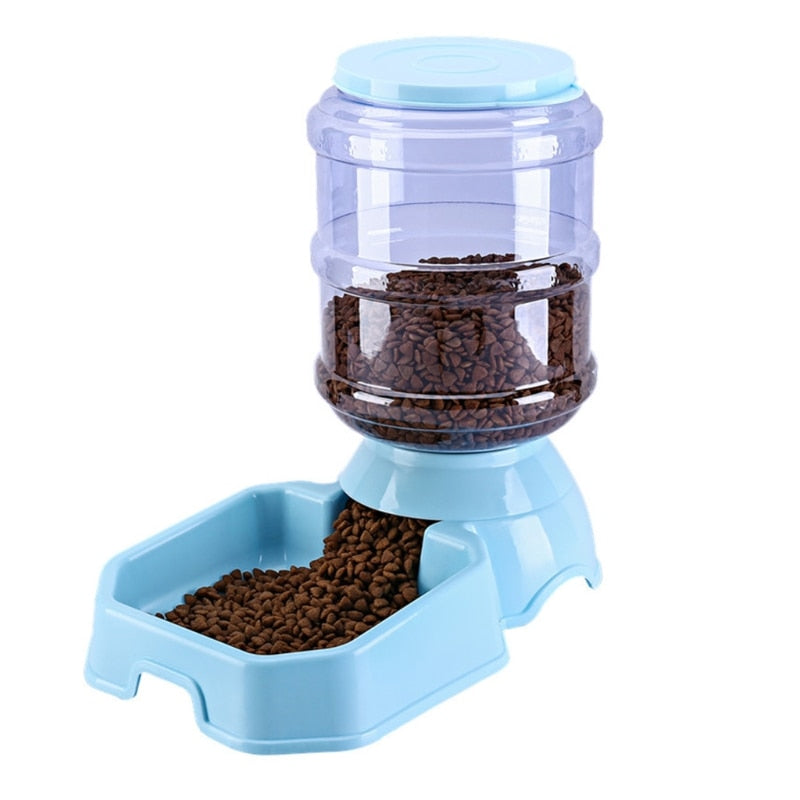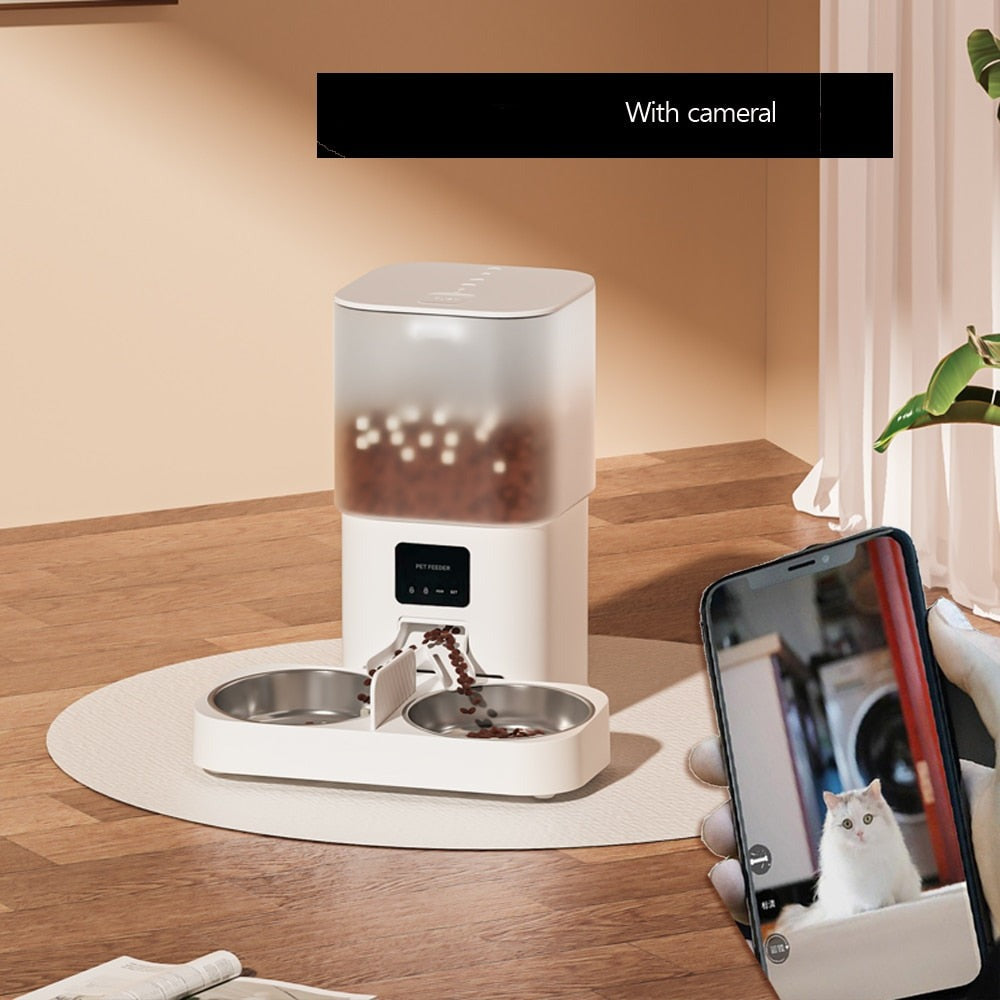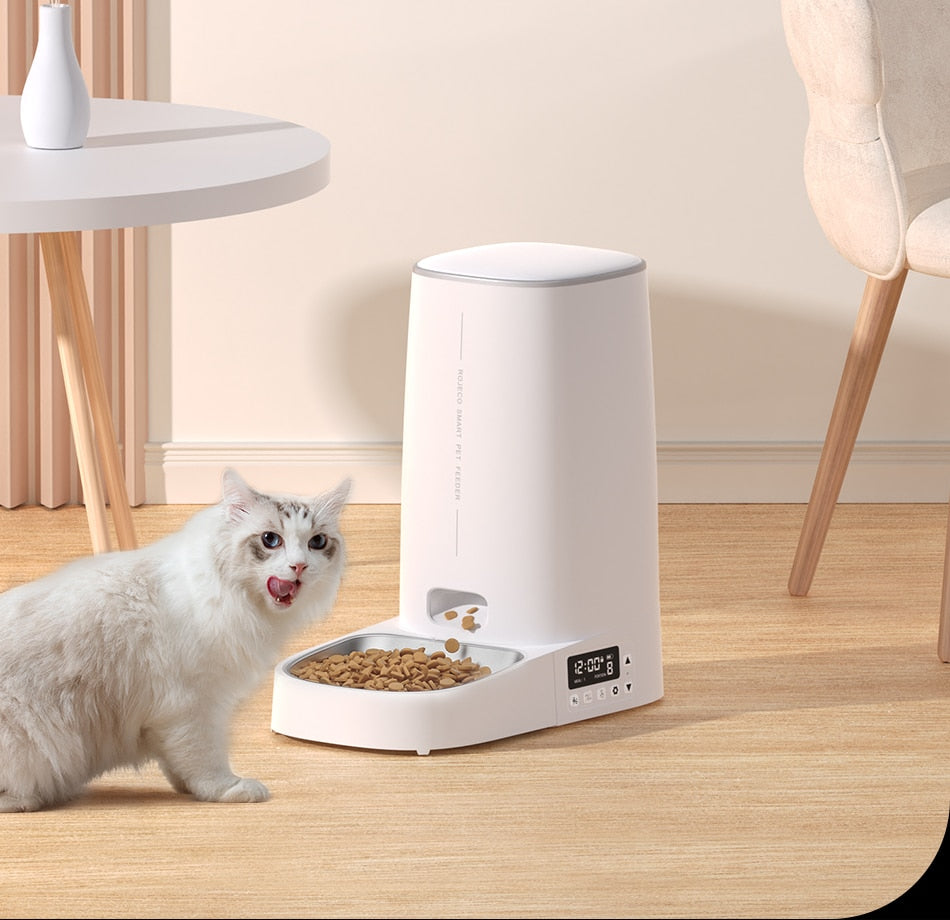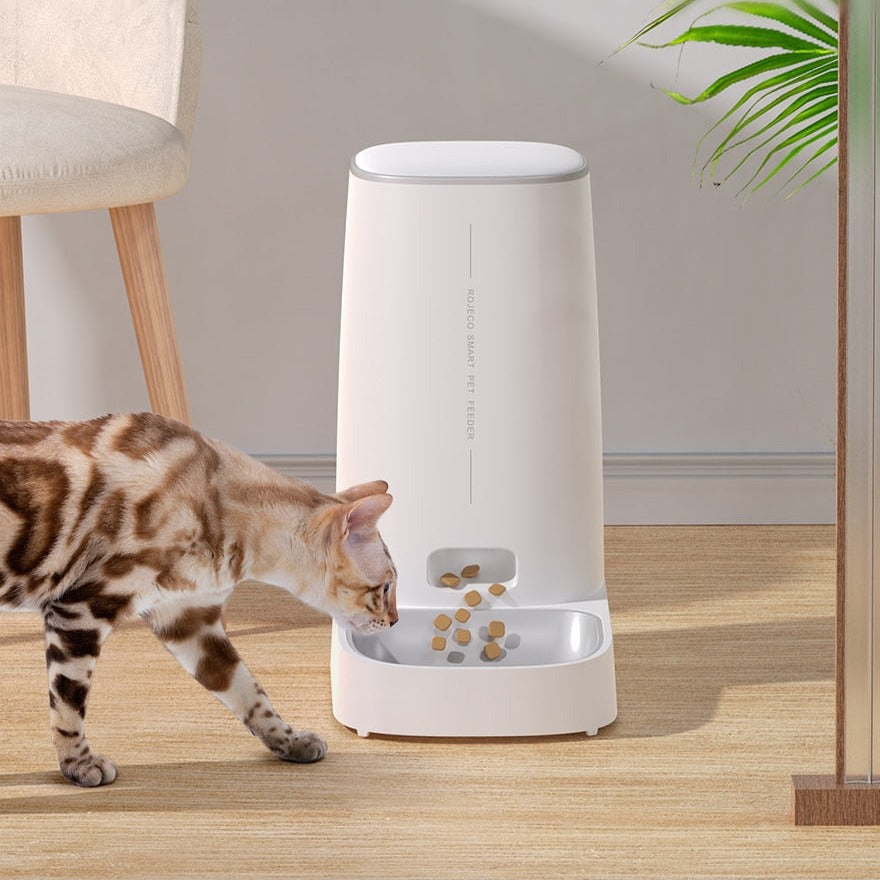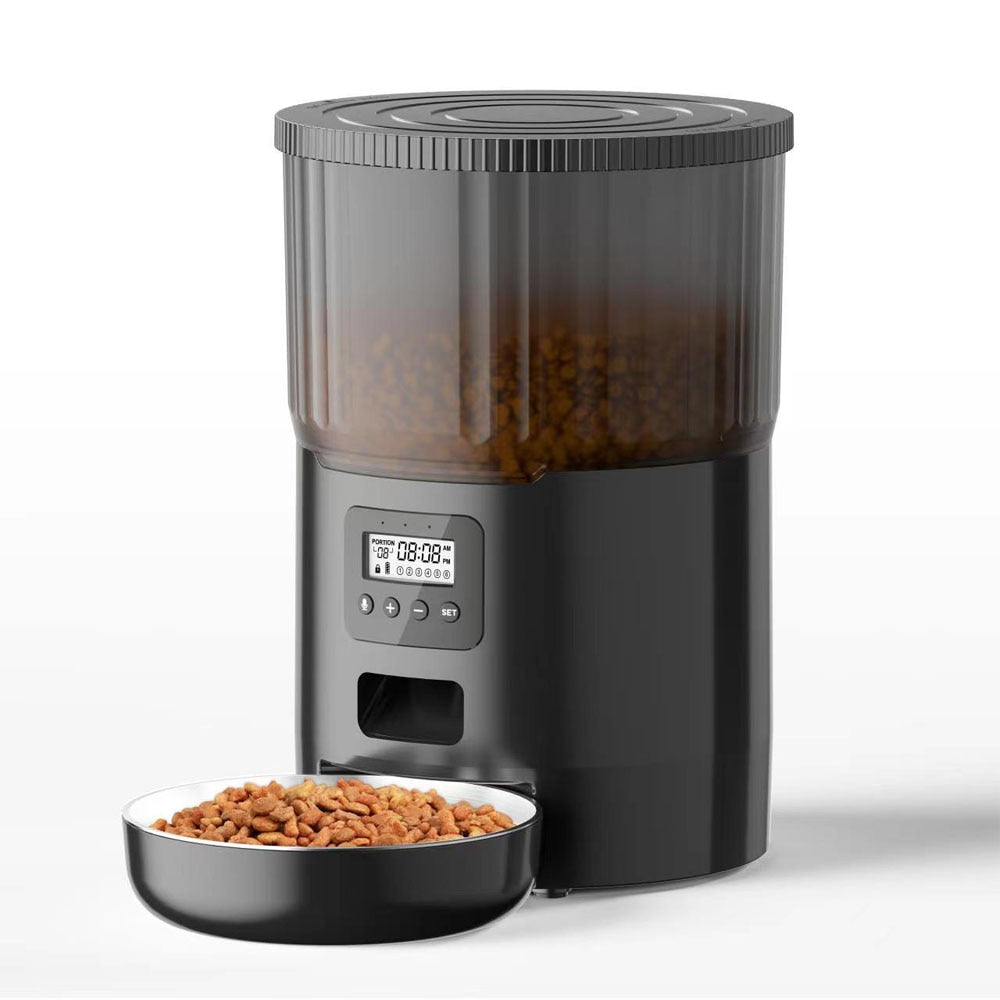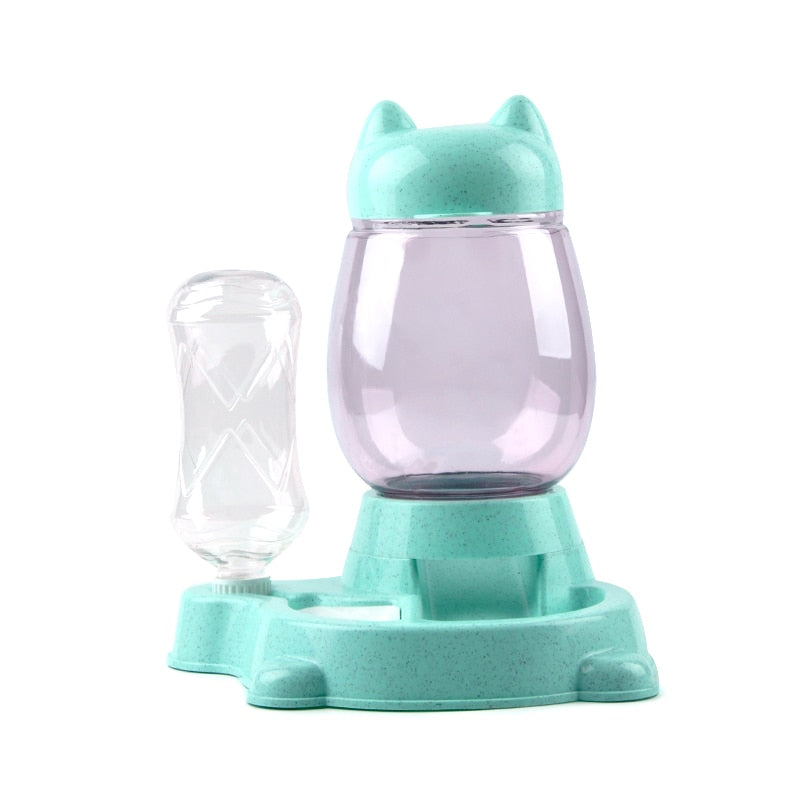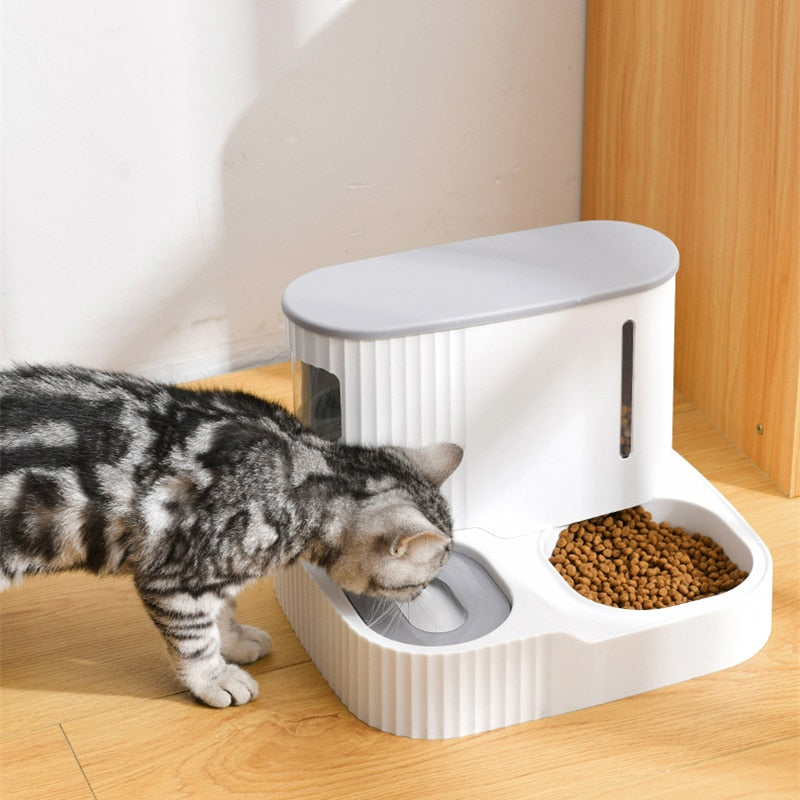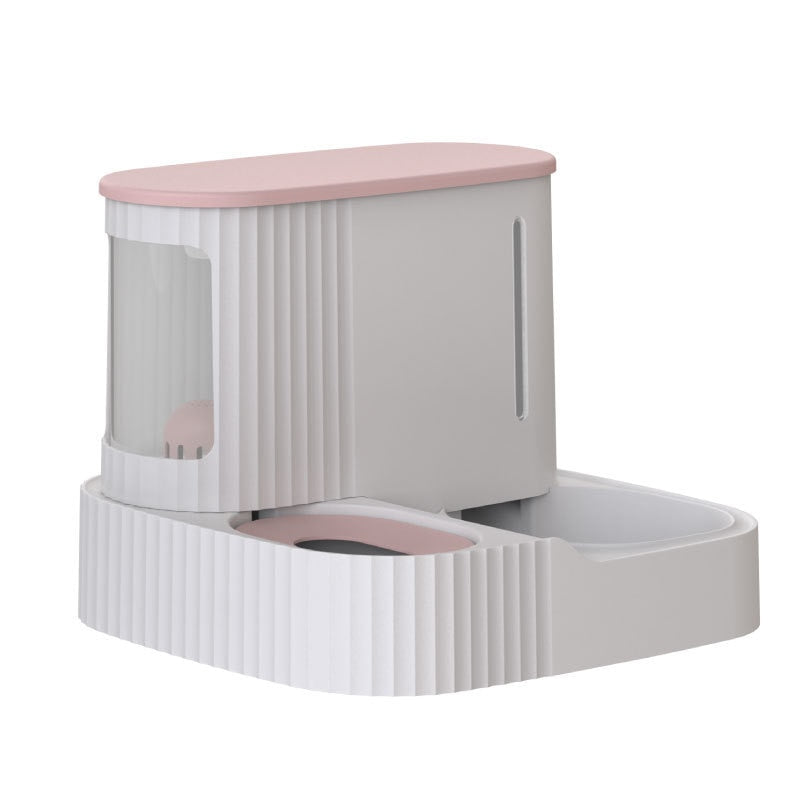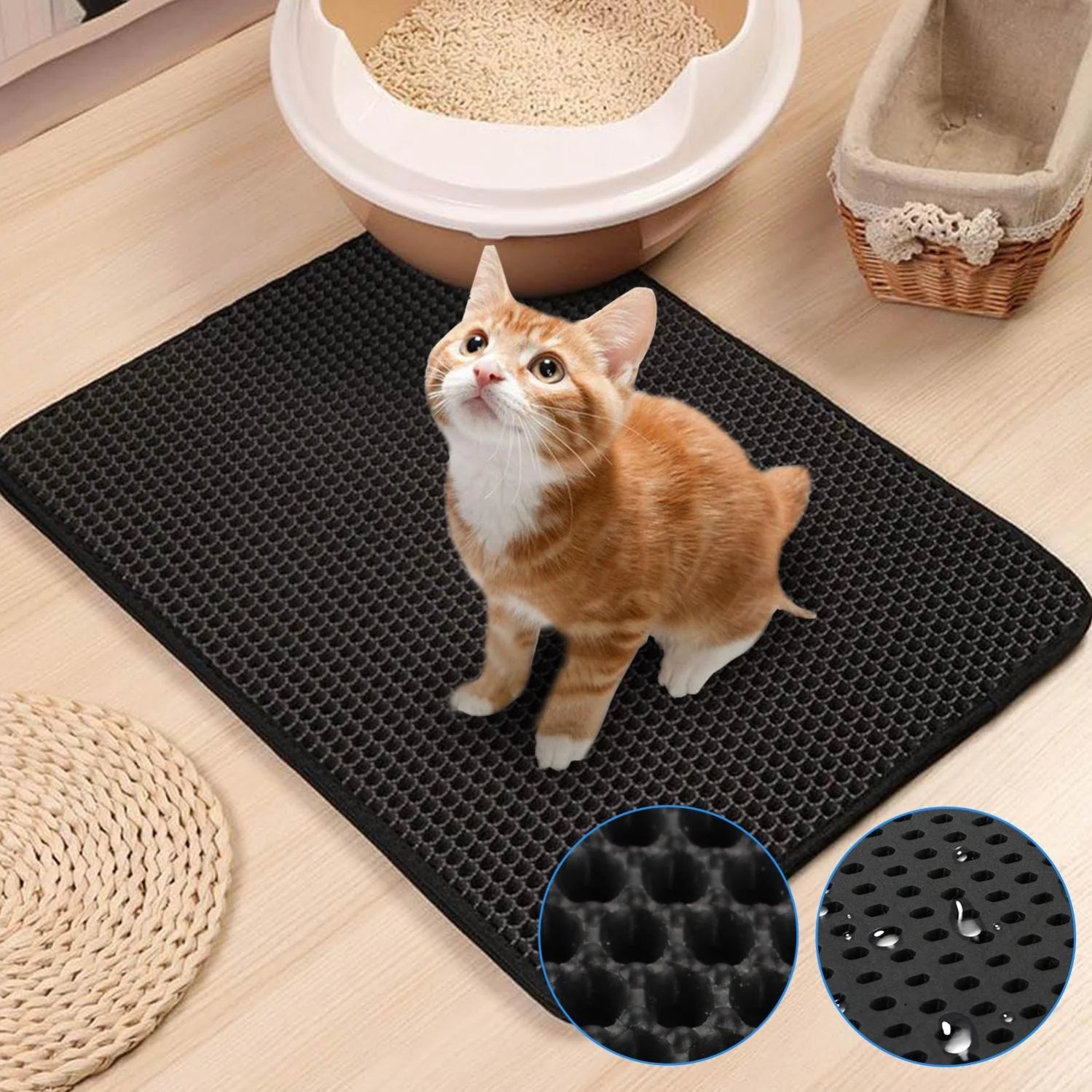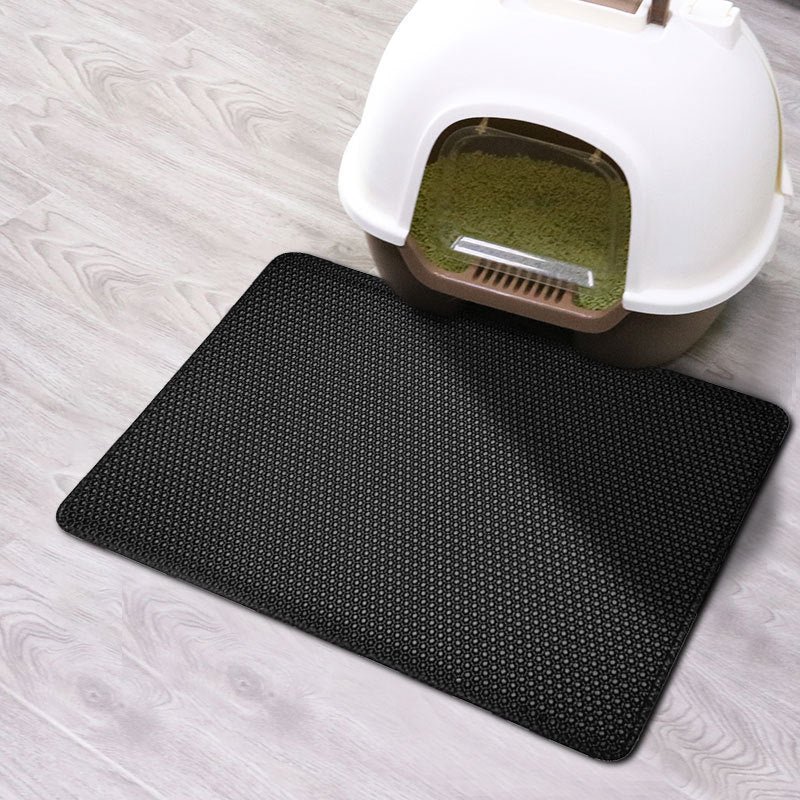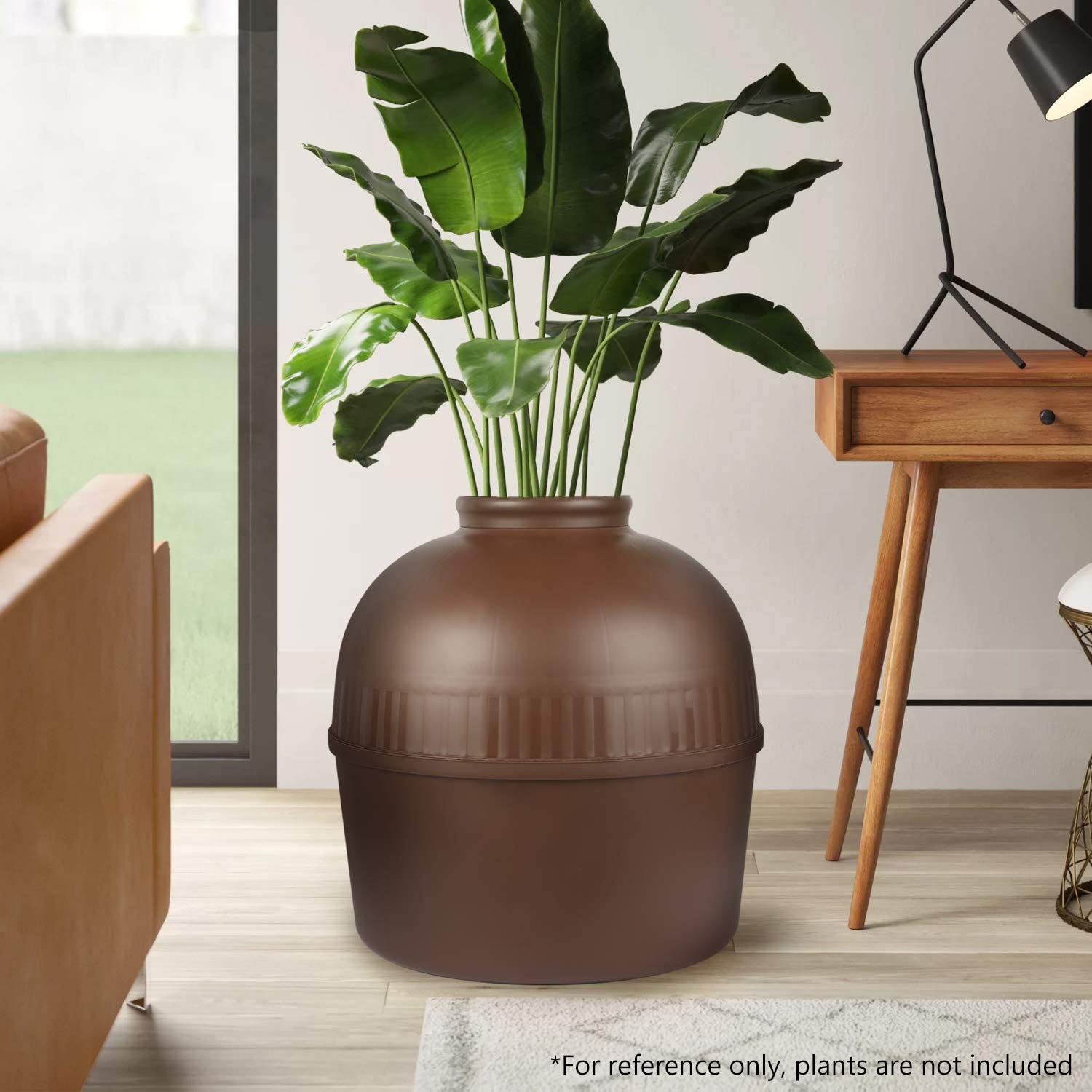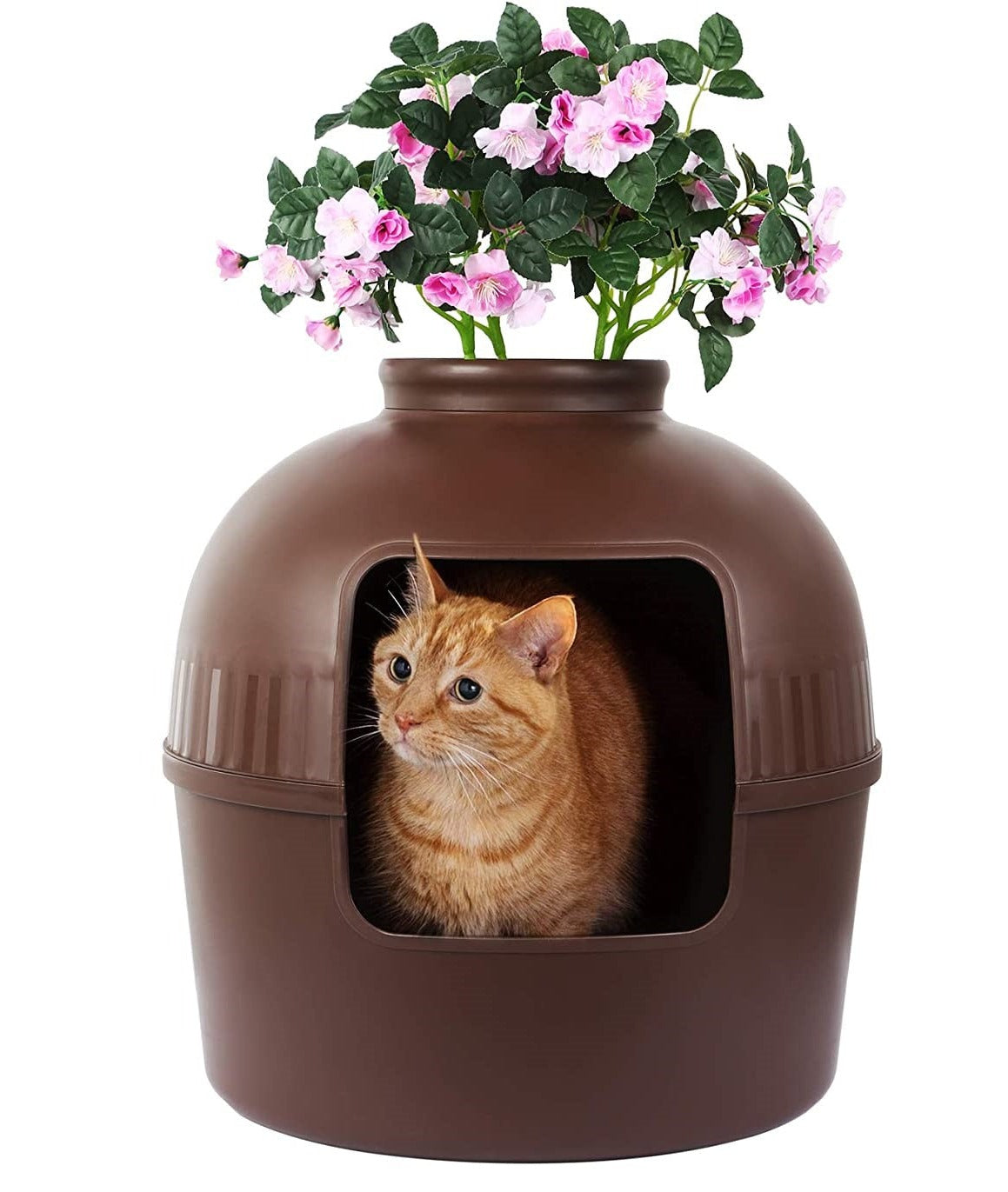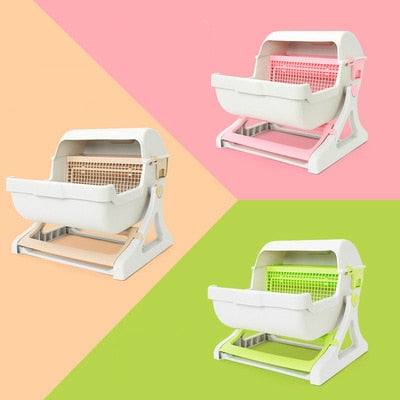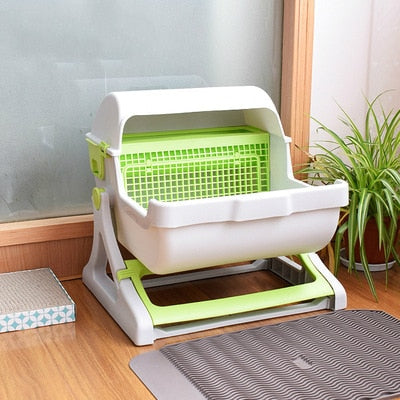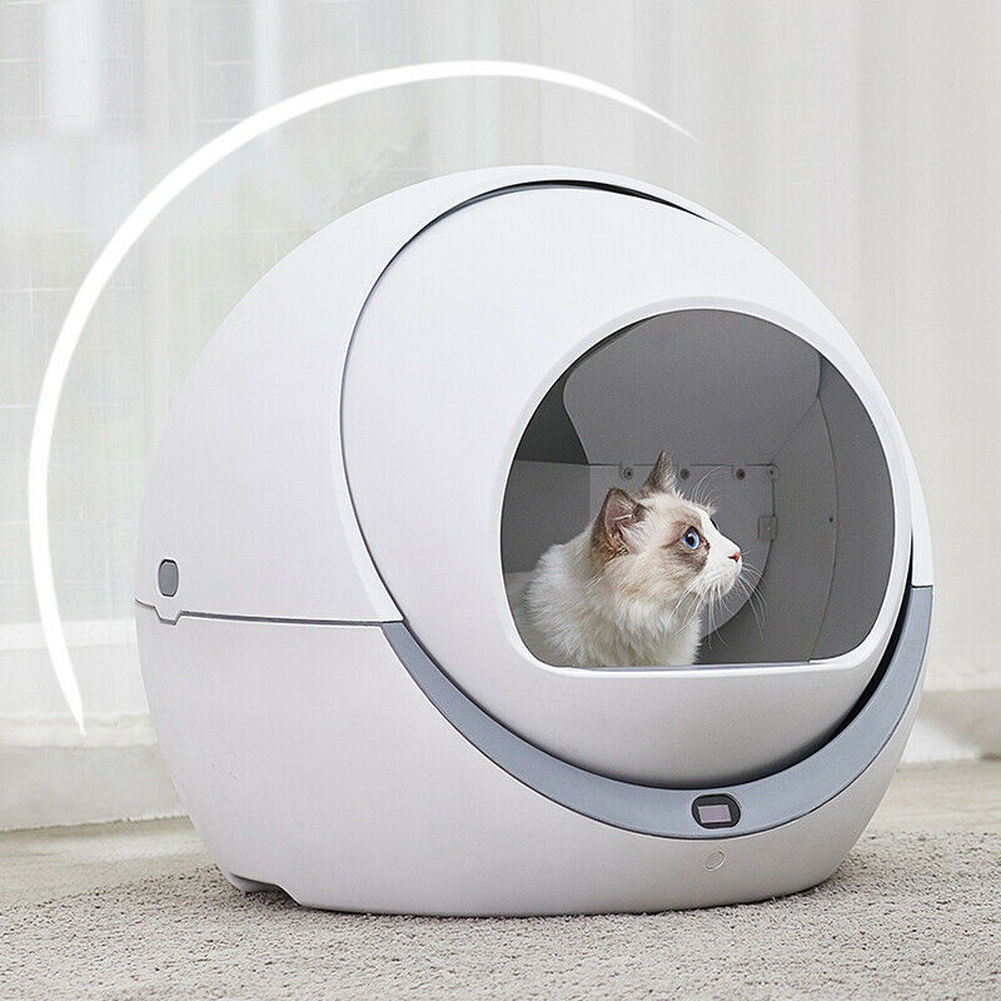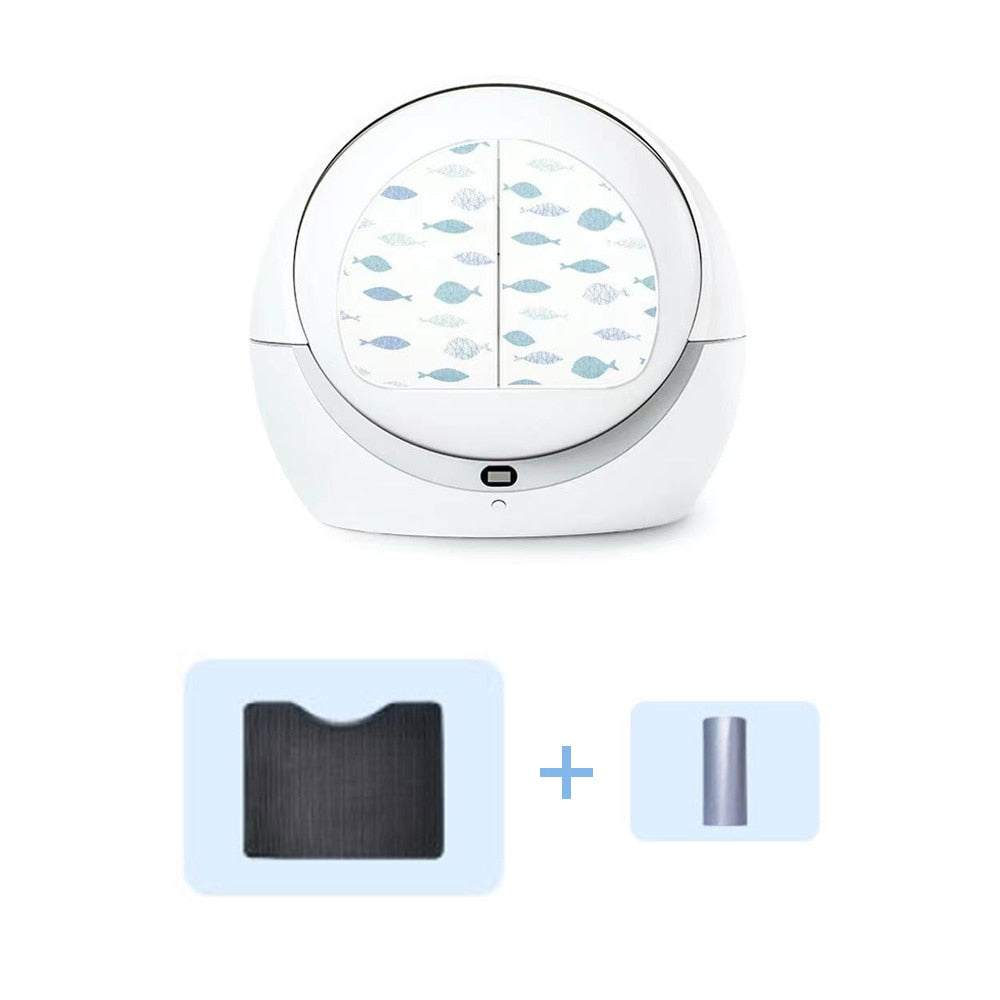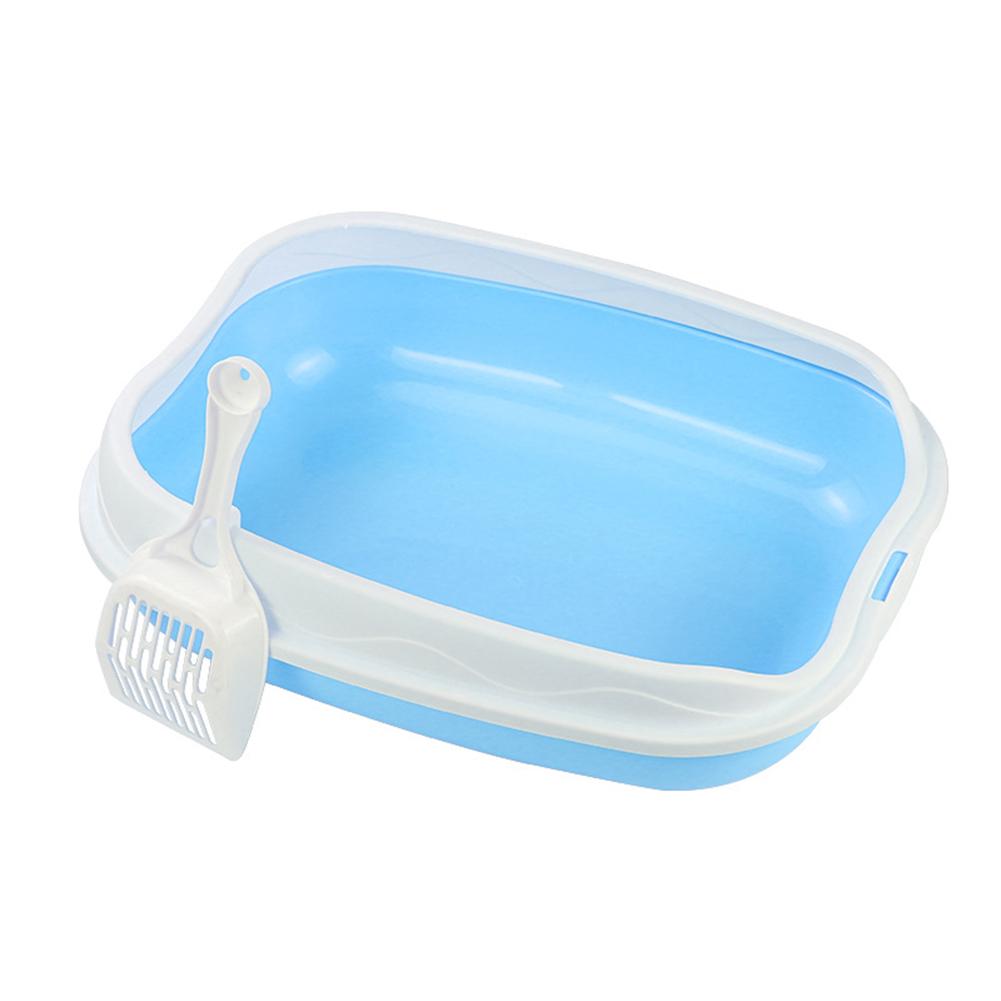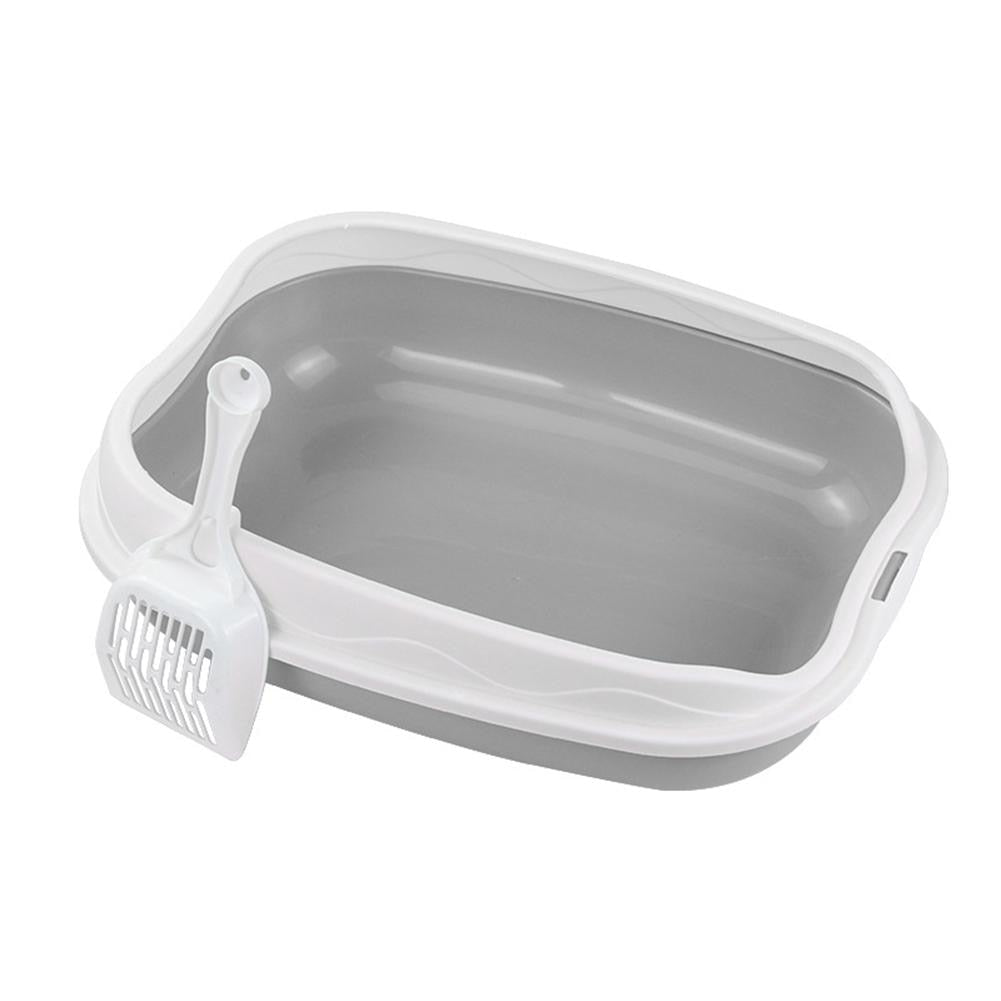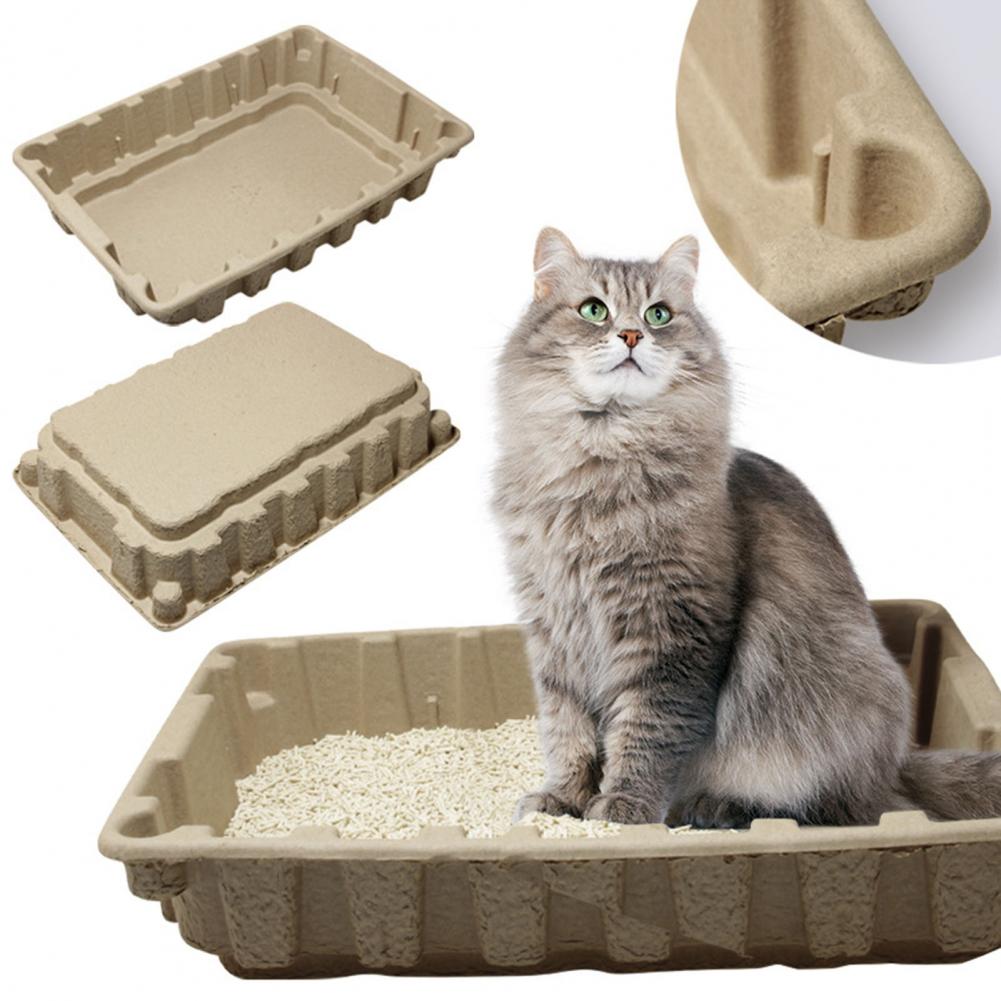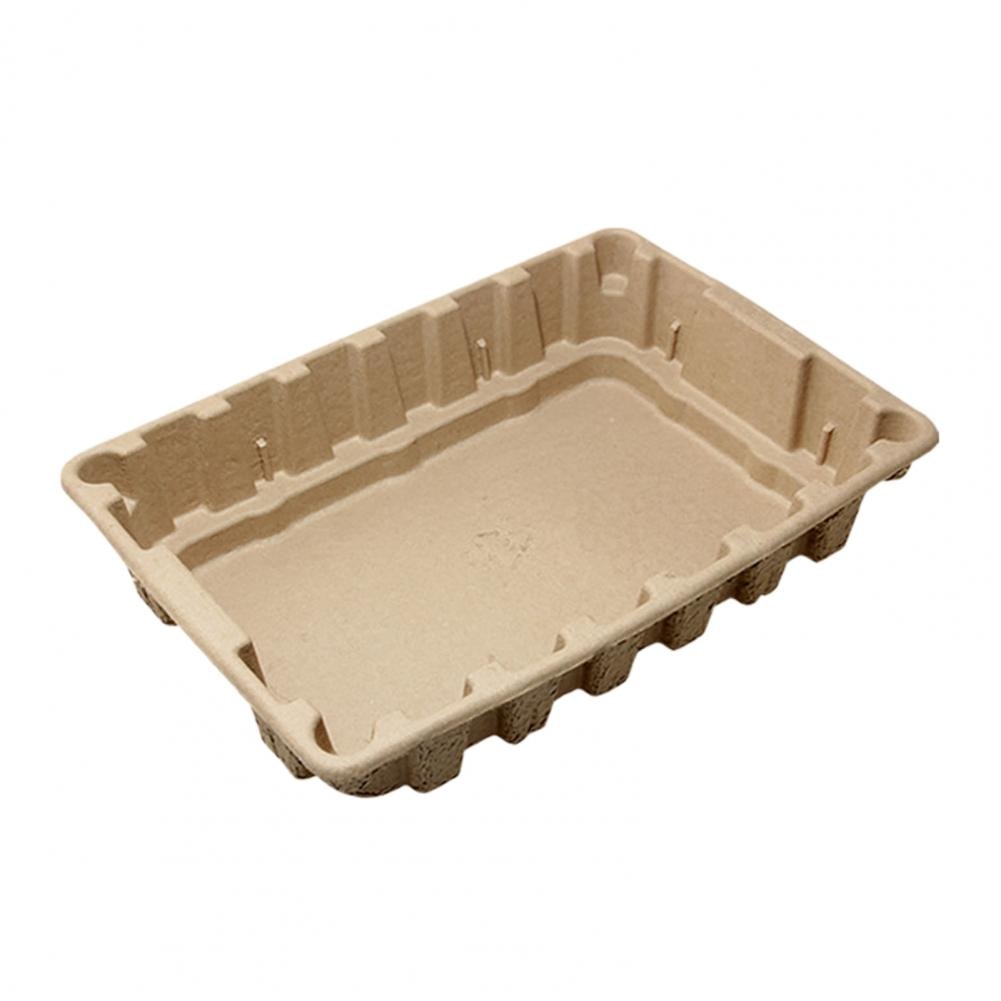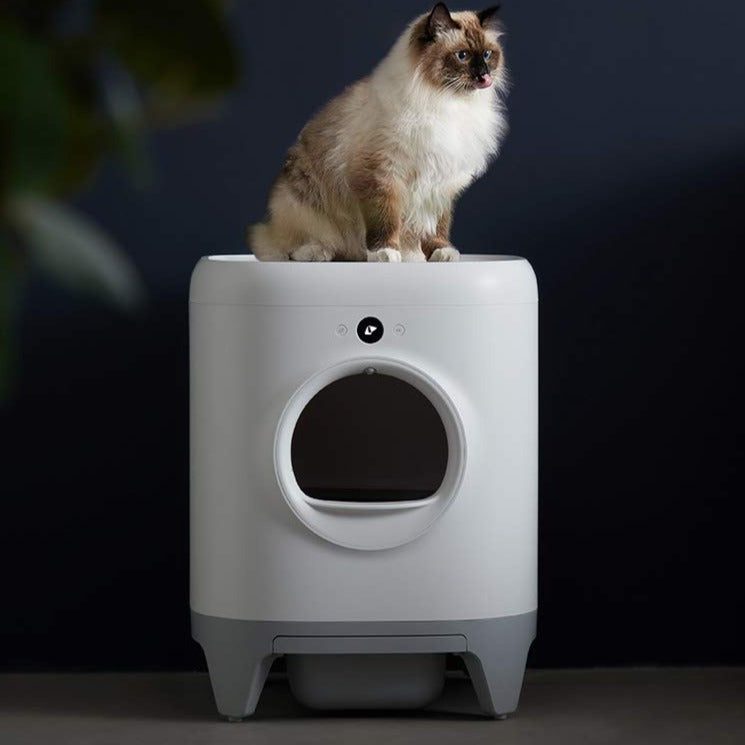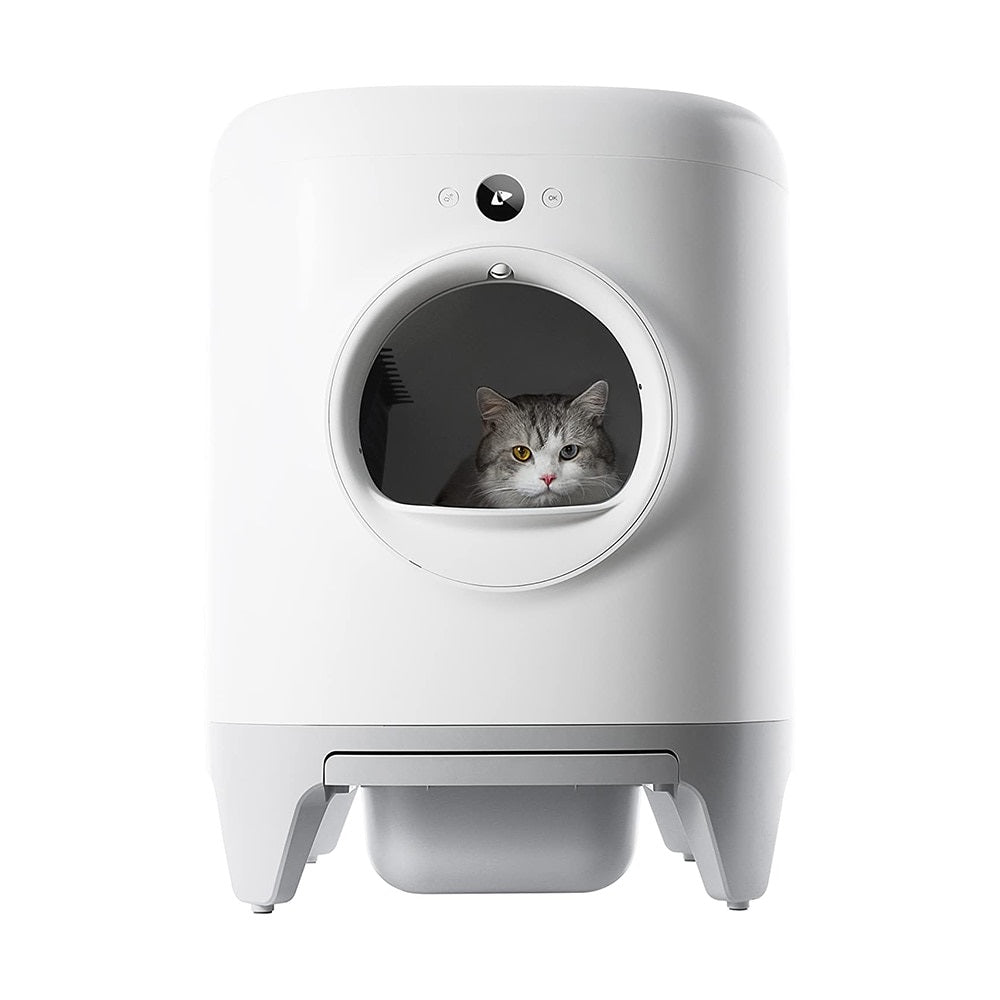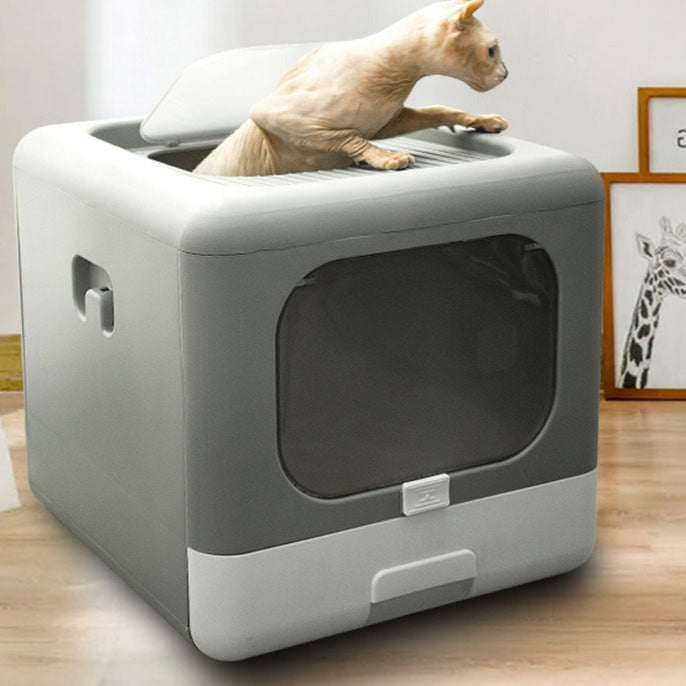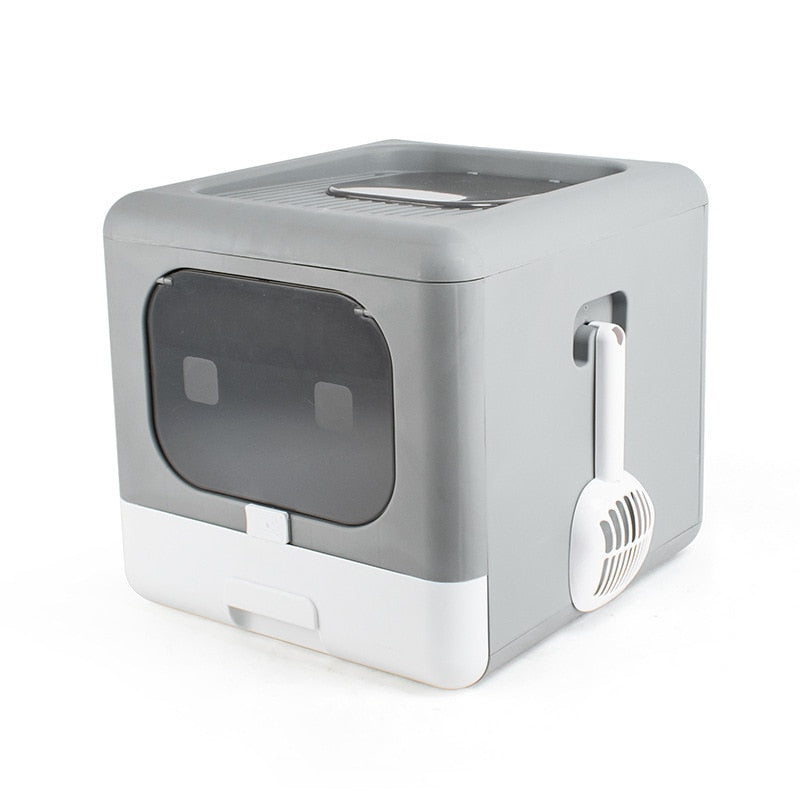Norwegian Forest Cat Breed: Profil, Facts & Traits

The Norwegian: Character, education, health, price - The right cat for you?

Product of a natural evolution, the Norwegian is an affectionate and sociable cat, endowed with a dense fur and a wild look. Often confused with the Maine Coon, it remains a unique breed due to its physical characteristics and behavior, which make it an excellent pet, if we stick to the opinions of its lucky owners.
Although it is relatively independent, feline must be able to count on your affection and your care to feel loved, fulfilled and in good health, as well as on a certain number of accessories to satisfy its naturalness for games and action. Below, all the information concerning the Norwegian cat breed, and which will allow you to know if this cat is made for you or not among all the cat breeds.
Who is the ideal cat for?
The Norwegian is one of the few cat breeds whose affinity can be established with almost anyone. It is a medium-sized cat, endowed with a large fur and who enjoys an indoor life, although his taste for the great outdoors and hiking can often push him outside. So, whether you live in an apartment or in a house with or without a garden, the Norwegian will find at home an ideal living environment.
It is the ideal domestic companion if you live as a family with children and one or more other animals, as the Norwegian is an affectionate and very sociable cat. Finally, it is a cat resistant to loneliness: knowing how to fend for itself, it does not require great attention from you. So, whether you are more or less busy, your feline will not suffer from your absence, as long as you reserve the minimum necessary care and affection.
Origin and history of the Norwegian
Also known as the forest cat or skogkatt, the Norwegian does not come from any artificial crossing, but is rather the product of a natural evolution. Originally from Norway, this cat has a history dating back to the austere and icy days of the Viking campaigns.
Having come close to extinction, the Norwegian was exhibited to the public for the first time in 1938. For his survival, breeding was immediately started. The standards of the breed were established in 1972 and its recognition made in 1976 by the FIFé. Widespread in the USA, Germany and England, the Norwegian was introduced in France in 1982 and since then has enjoyed great popularity with many families.
Physical characteristics of the Norwegian
In order to be able to identify and differentiate a Norwegian from other cats, you will notice that it has a long head in the shape of an equilateral triangle, with a slightly rounded forehead and a straight and moderately long nose. Her large almond-shaped eyes are oblique to the nose and match the color of her dress. He has triangle shaped ears. Placed high on its head, they are slightly tilted forward and bushy.
Its muscular body and solidly built frame give it a robust and powerful look. It has large legs whose hind legs are slightly higher than the front ones. Its large, round feet are covered with hair between the fingers. As for its tail, it is quite long and very thick.
Finally, the Norwegian has a very dense coat made up of mid-length hairs with a pointed ruff around the neck. Its blanket coat is lined with a woolly, shiny and waterproof undercoat that falls to the sides, giving it a kind of natural protection. All coat colors are allowed for this cat, with the exception of chocolate, lilac, fawn and colourpoint.
Behavior of the Norwegian
Despite his wild look, the Norwegian is an affectionate, calm and very sociable cat, who appreciates the company of men and cohabits easily with most animals (especially dogs). Added to this, its non-aggressive and playful side makes it easy to integrate into a family setting and get along well with children.
Not very worried, he is also an independent cat who tolerates solitude quite well, although at times he is a little possessive towards his master when he seeks his attention or tenderness. Finally, note that it has a great capacity for adaptation which makes it suitable to flourish almost everywhere, even in the countryside.
Health and care for the Norwegian
Norwegian is a relatively healthy cat. Nevertheless, he is prone to certain genetic health issues specific to his breed. Thus, this little feline presents a high risk of Hypertrophic Cardiomyopathy (CMH). But it is especially threatened by type 4 glycogenosis, an incurable hereditary disease with a very high mortality rate in younger specimens.
In order to avoid the transmission of these genetic pathologies, breeders strive to ensure rigorous control of reproductions. Only screening can determine the state of health of your Norwegian. In addition to these specific problems, note that this breed can also be affected by other diseases common to all cats (coryza, leucosis, rabies, typhus…).
So, in order to protect yourself and better cope with these vagaries of your cat's life, you are strongly recommended to take out cat insurance for your Norwegian. In this way, you will guarantee him the best possible health care, without breaking the bank.
Does the Norwegian need specific food?
The Norwegian does not require a specific diet for his breed. All he needs is healthy, varied and balanced food that conforms to the strict carnivorous diet of all cats.
Clearly, for his health, you must offer him a food consisting mainly of meat and / or fish of quality, without cereals, without coloring, without added preservatives or any other product that departs from the natural diet of cats.
Whether wet or dry, a Norwegian's food should be rich enough in animal proteins and vitamins to maintain vital functions and preserve its appearance. But it must also be caloric enough to compensate for the energy expenditure linked to its intense activity. Obviously, you must remember to ration your Norwegian if necessary, to avoid any risk of overweight that can affect his well-being and his health.
What budget to have a Norwegian?
You should know that the purchase price of a Norwegian cat can vary extremely depending on several criteria. These include, for example: conformity to the breed standard, the quality of the pedigree of the parents, the sex, the reputation of the breeder as well as the care given (vaccination, deworming, food, medical examinations, etc.) , etc.
But to have a small estimate of the costs, note that the average price usually observed is between 700 and 1000 €. However, according to the aforementioned criteria you can pay between 400 and 2900 € for a Norwegian male or female kitten.
Accessories adapted to the Norwegian
You will notice it soon enough, the Norwegian is a great player, a fairly active cat who exerts himself a lot and who appreciates heights. Thus, you must absolutely offer him a cat tree, a perch or a scratching post, so that he can free his feline side. Likewise, you can buy him toys which, while entertaining him, will stimulate his intelligence.
But long before thinking about these playful accessories, you must first provide accessories that will help you feed him well and take care of him. These include food bowls, as well as a water dispenser for daily hydration. To preserve the shine of its fur, a grooming kit (brushes, combs, scissors, champoing) will be essential. Likewise, do not forget a litter box for its hygiene.
Finally, the Norwegian is a somewhat adventurous cat who likes to spend time outdoors. Ideally, you should install a cat flap to give it access to the balcony or your garden. And why not a playhouse or a GPS collar for your safety outside? Obviously, each of the accessories to choose must be solid and adapted to its morphology, to remain useful and comfortable.
Goodies for Norwegian lovers
TOP 1
I adopt and educate my Norwegian cat
TOP 2
CAT - JUST A GIRL WHO LOVES...
TOP 3
CATSTimest - Norwegian Forest Cat - Watch ...
Pictures of Norwegian
« ‹ Of 7› »
Where to adopt a Norwegian?
The choice of the place of adoption of your Norwegian should not be done lightly to avoid disappointment or bad surprises. This is why we recommend that you trust professional breeders if you want to acquire a cat that is in good health and whose characteristics meet the standards of the breed. A recognized breeding remains the ideal place. You can also adopt your Norwegian in catteries and shelters.
Finally, it is also possible for you to adopt your hairball from an individual, by way of advertisement (online) more often. However, for this mode of adoption, we advise you to deal with a close person or one of your acquaintances rather than a stranger, in order to avoid finding yourself involved in animal trafficking.



